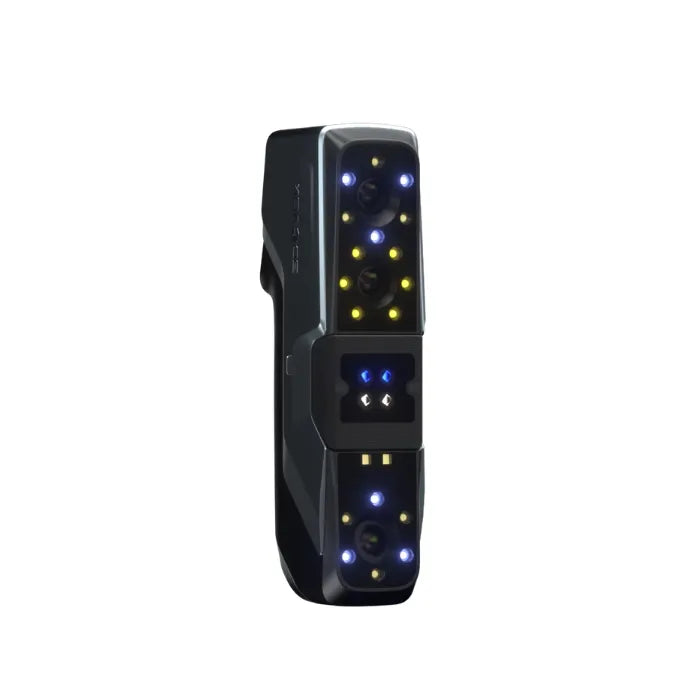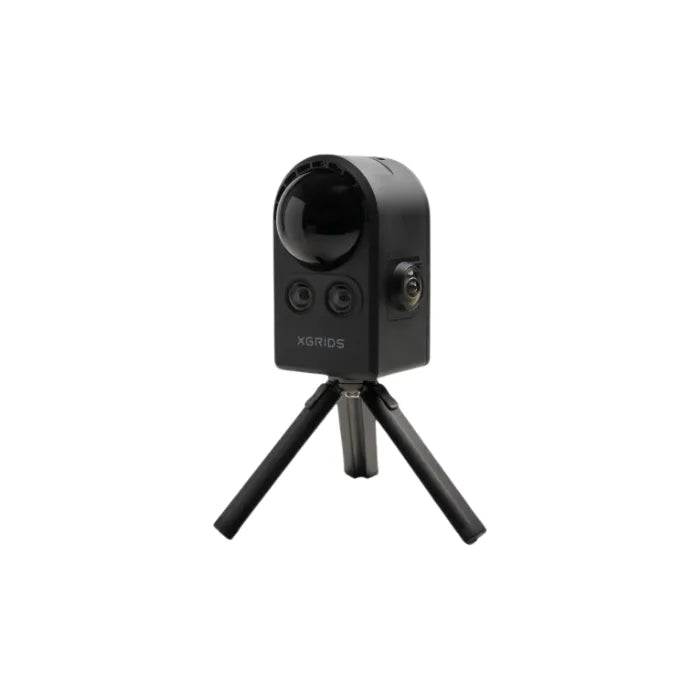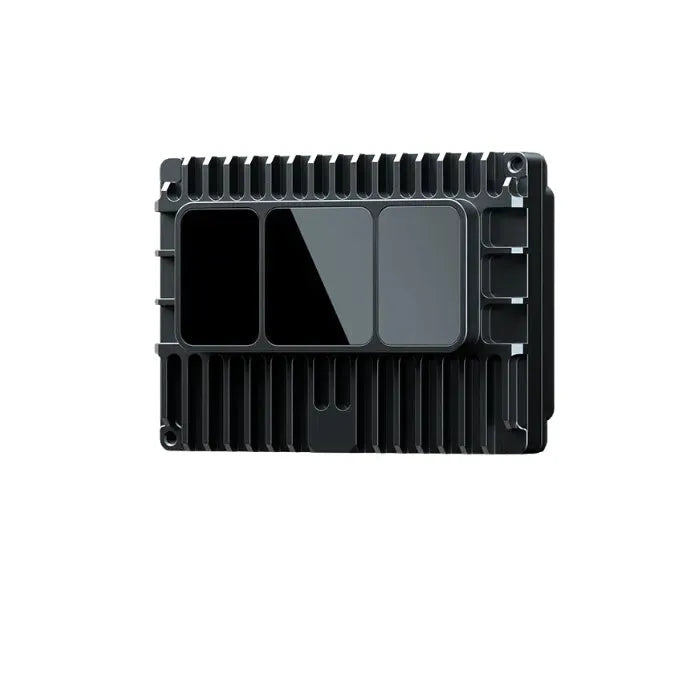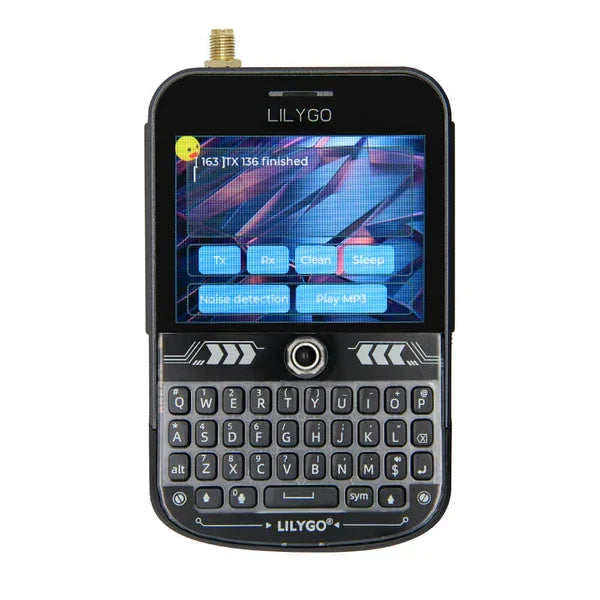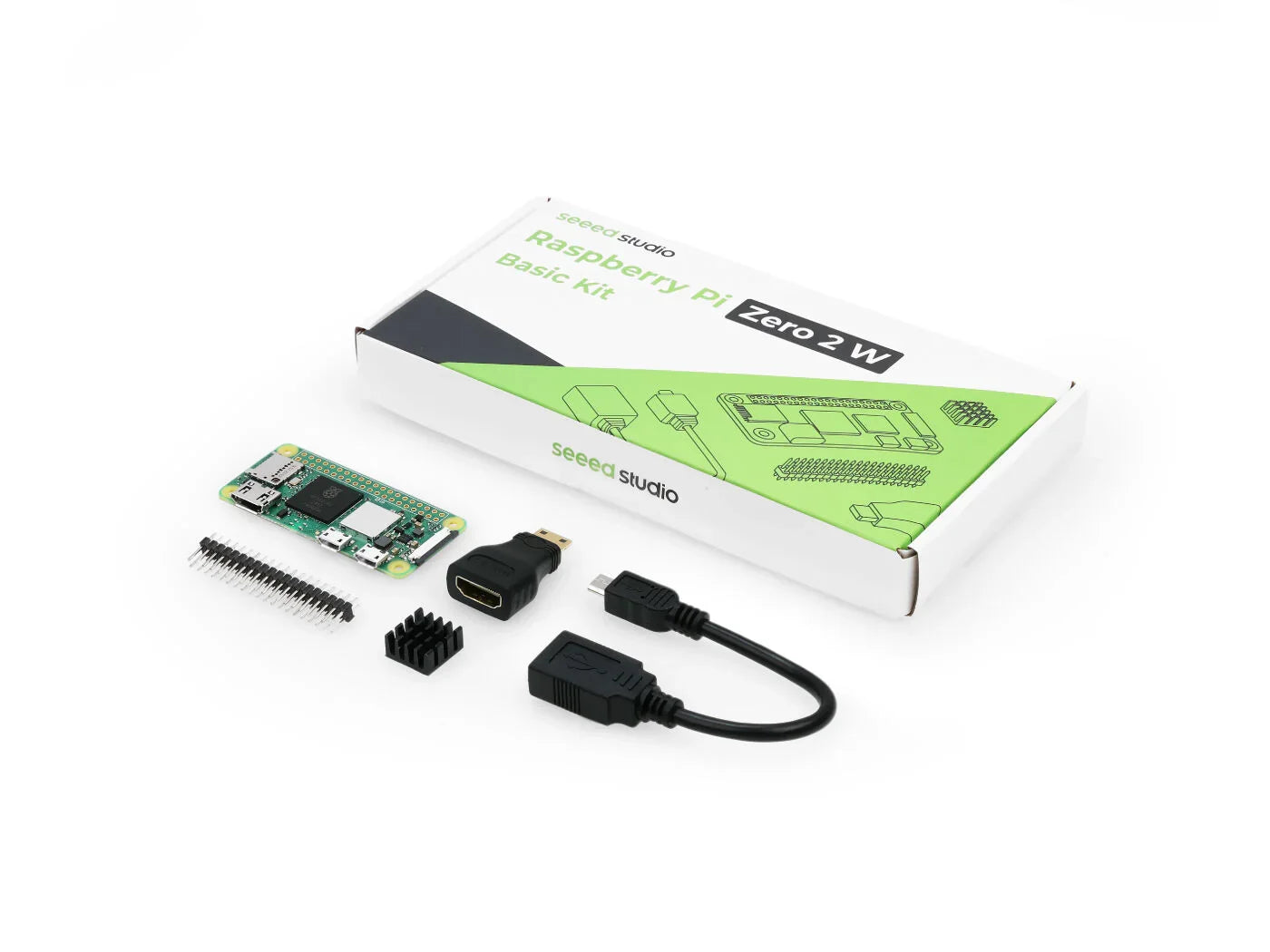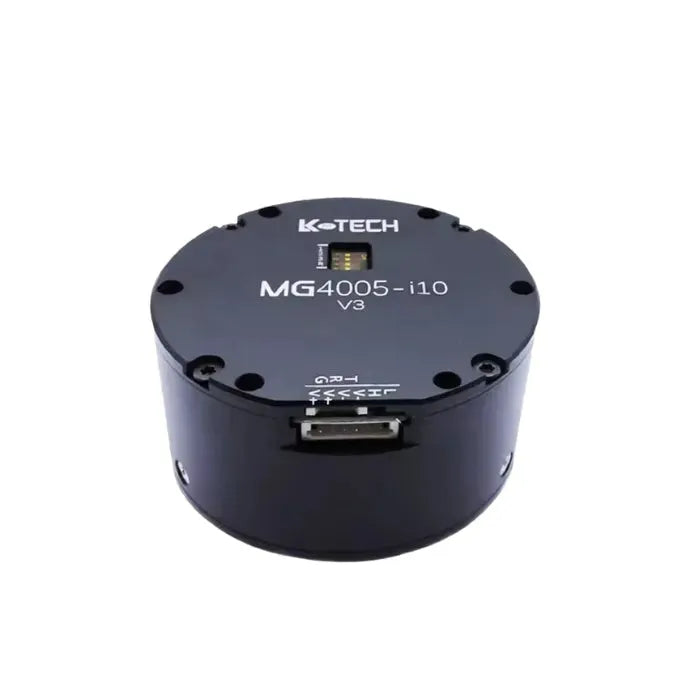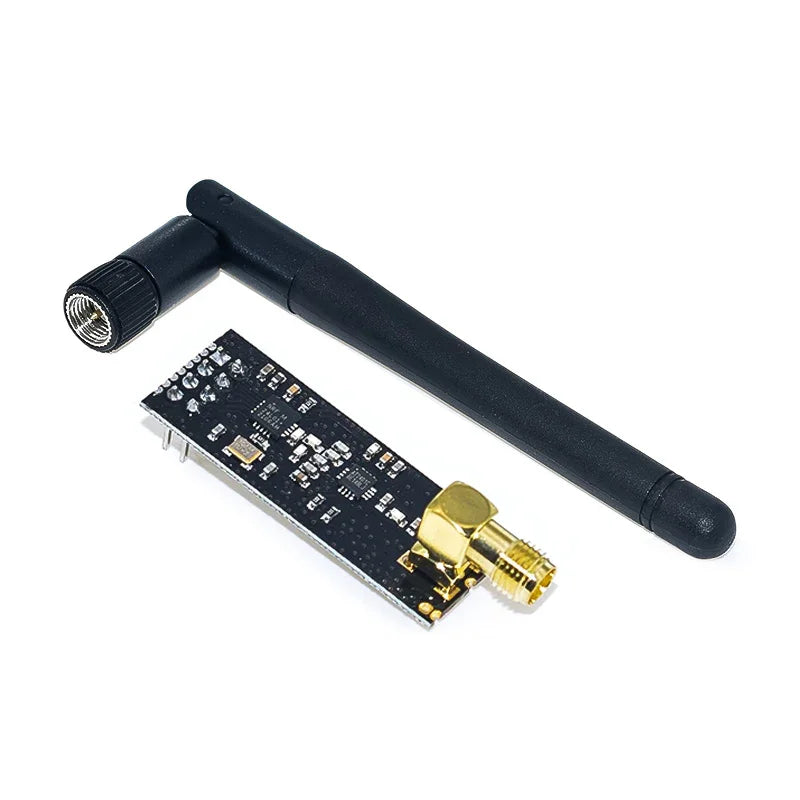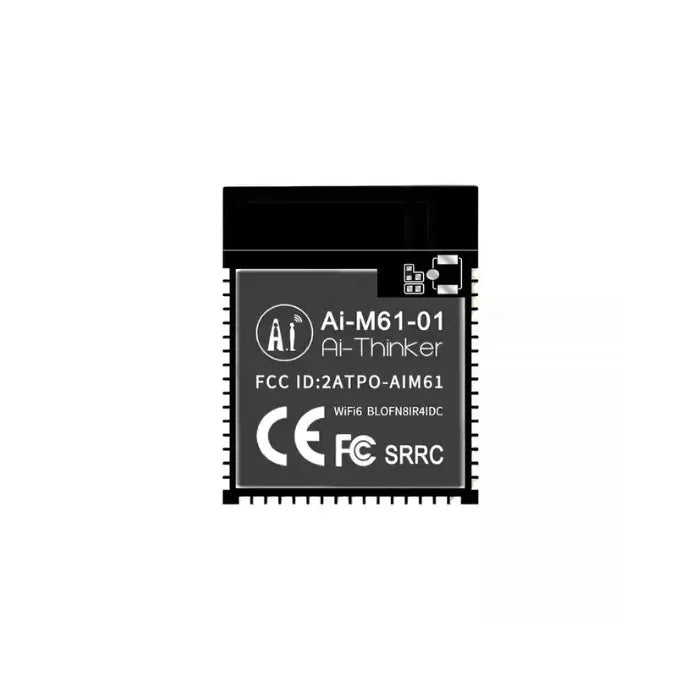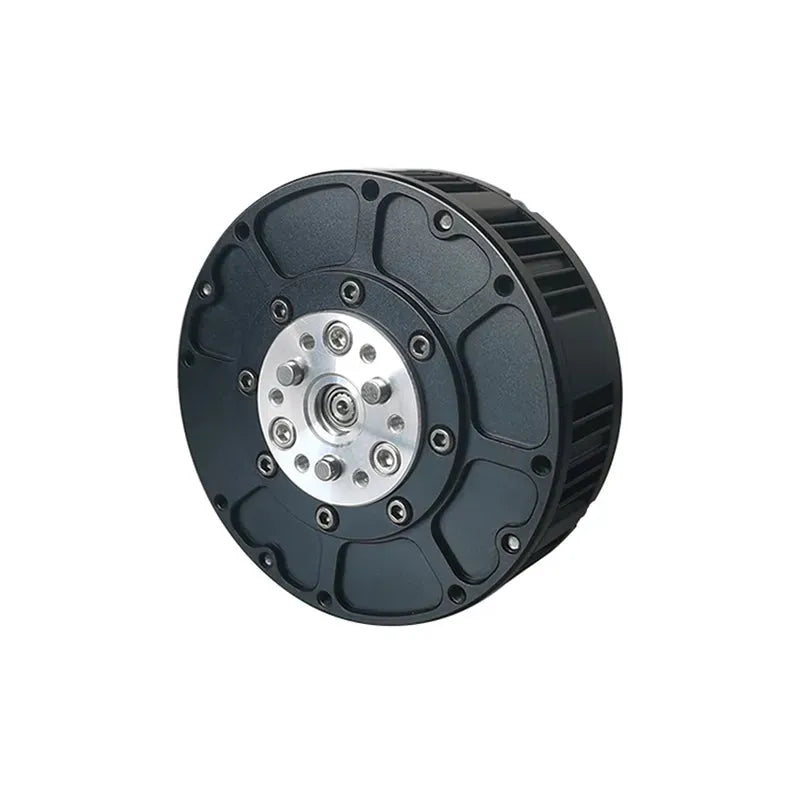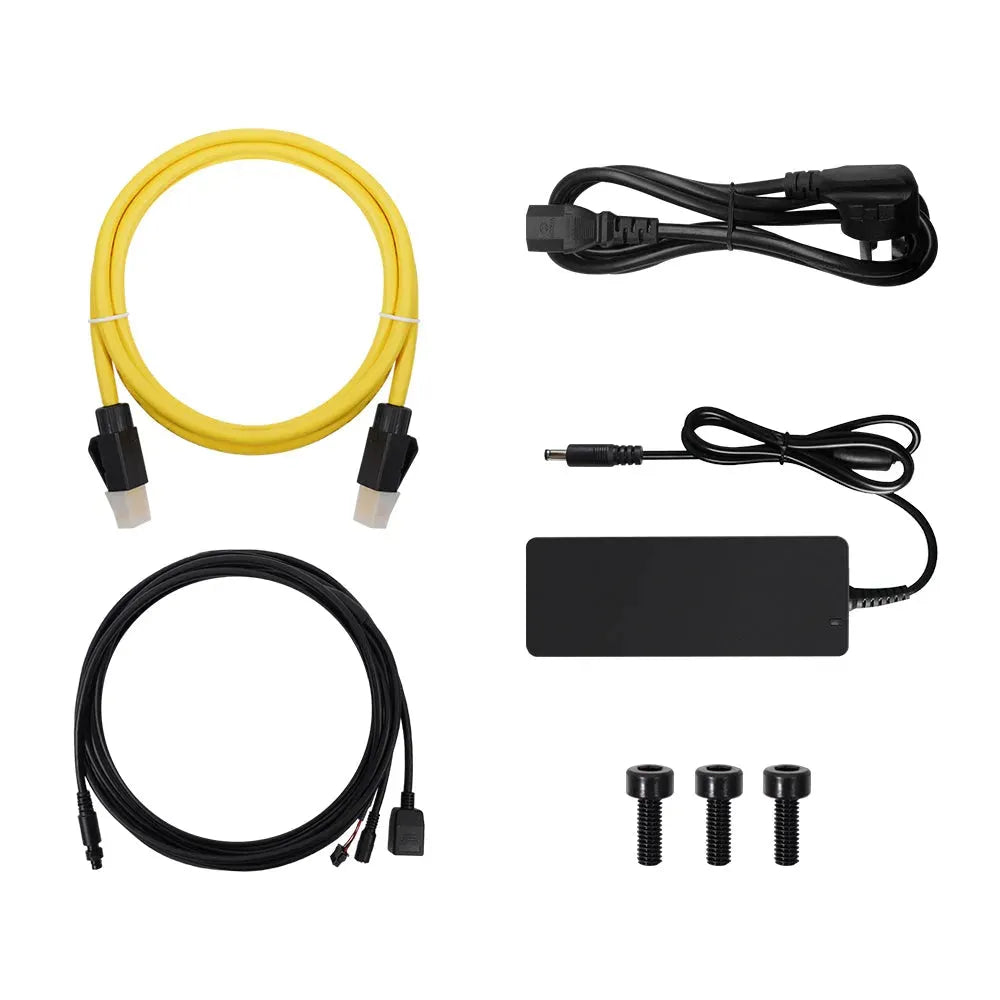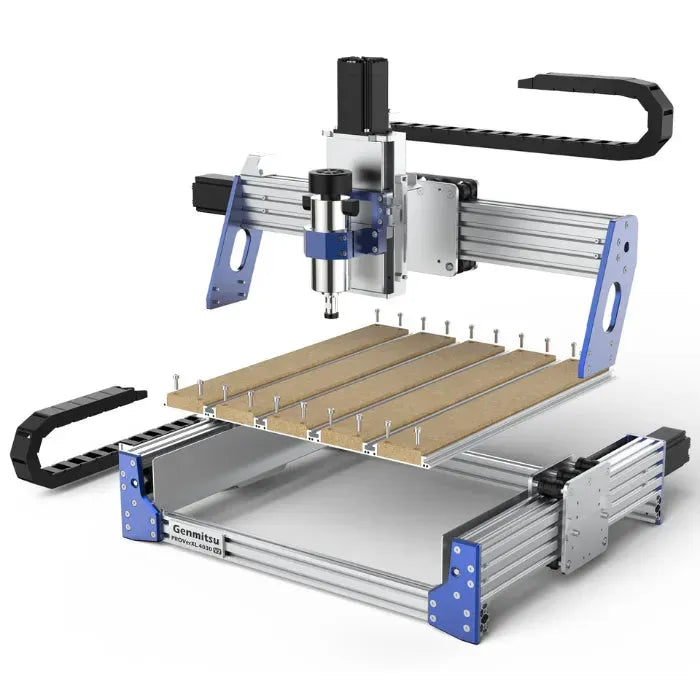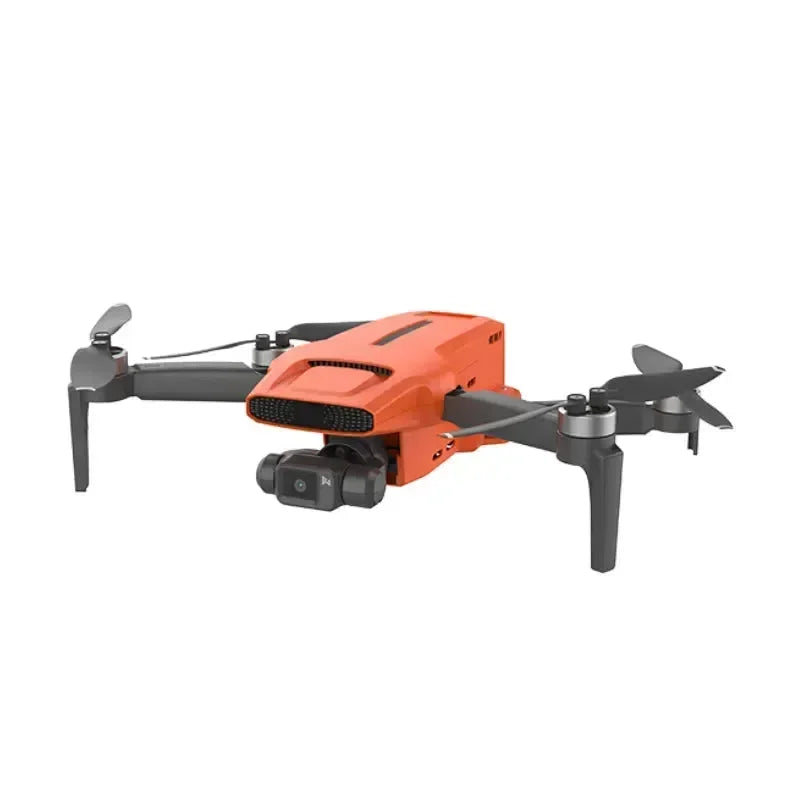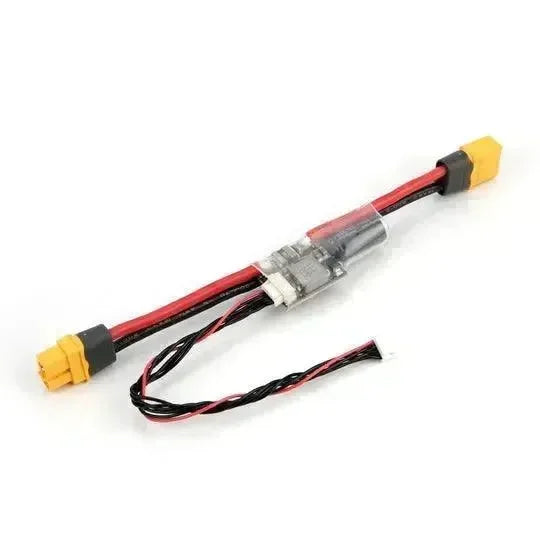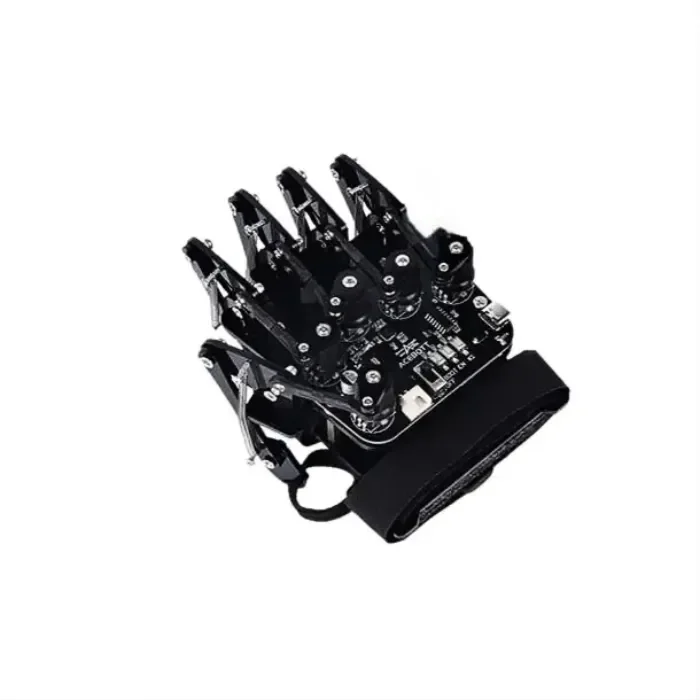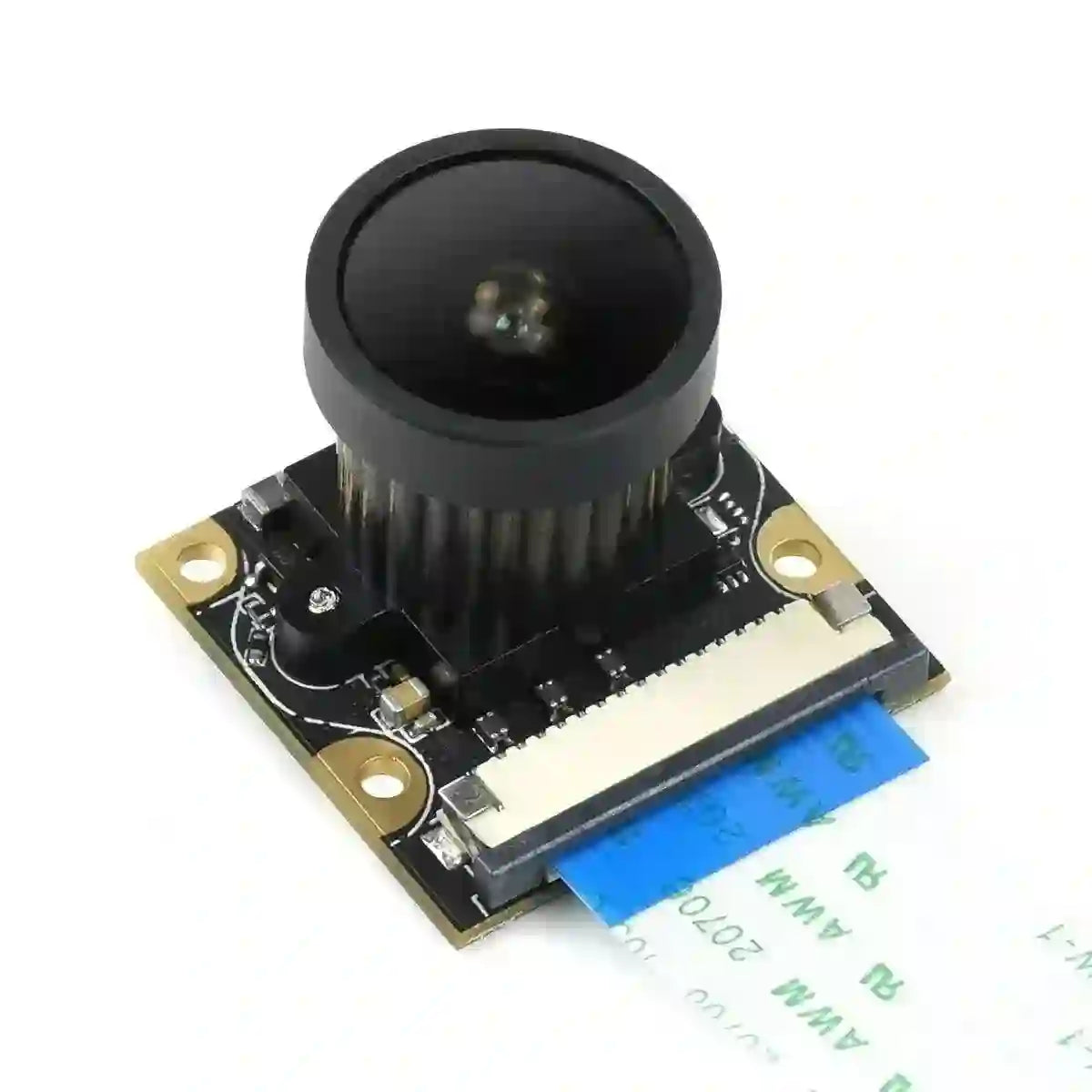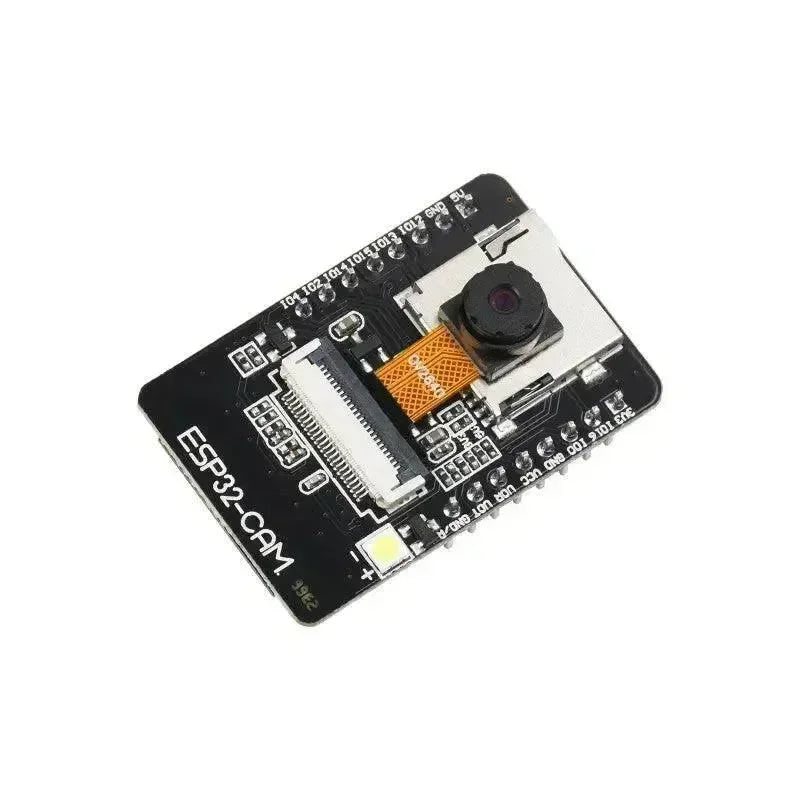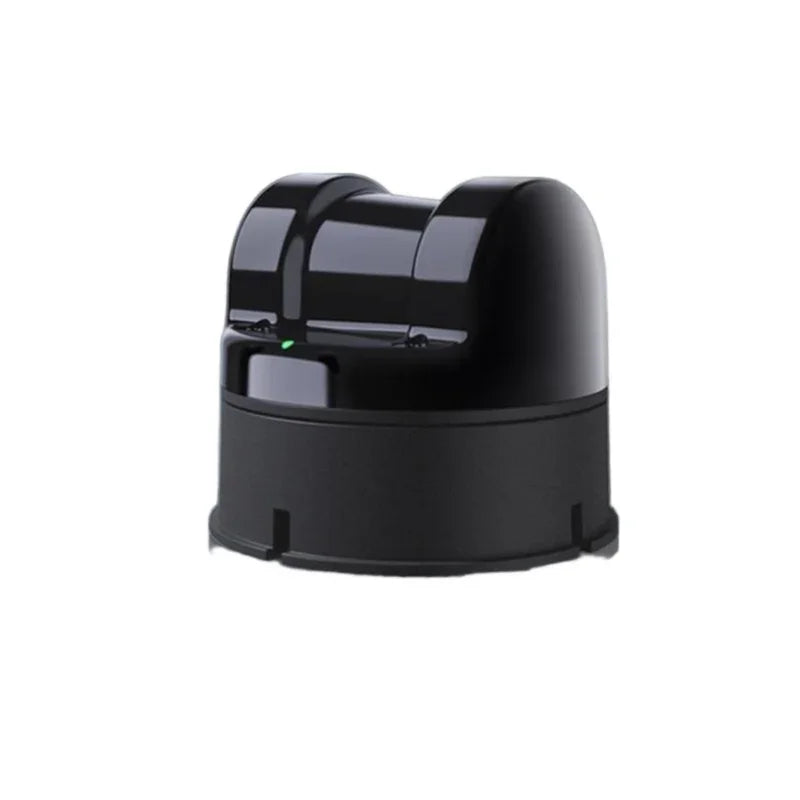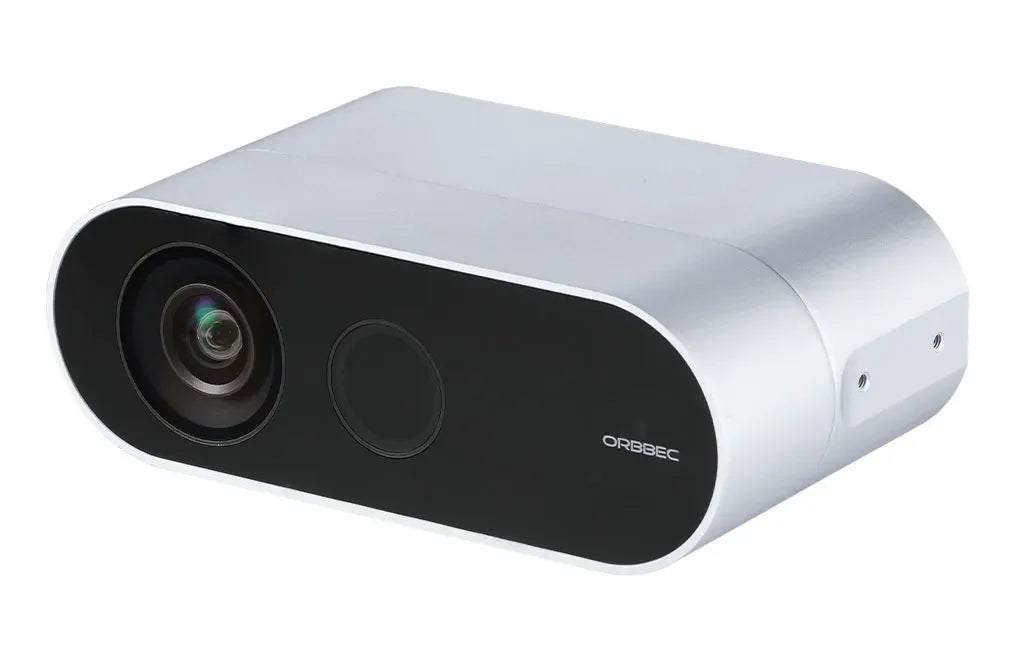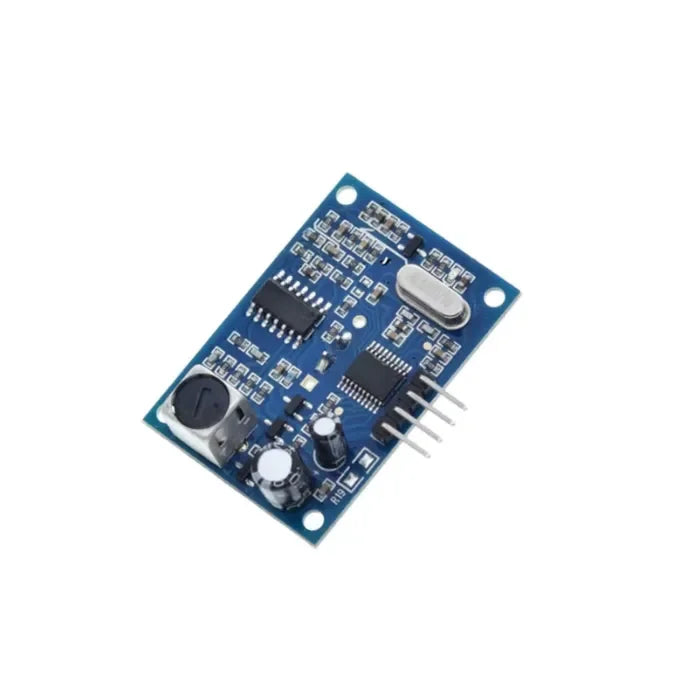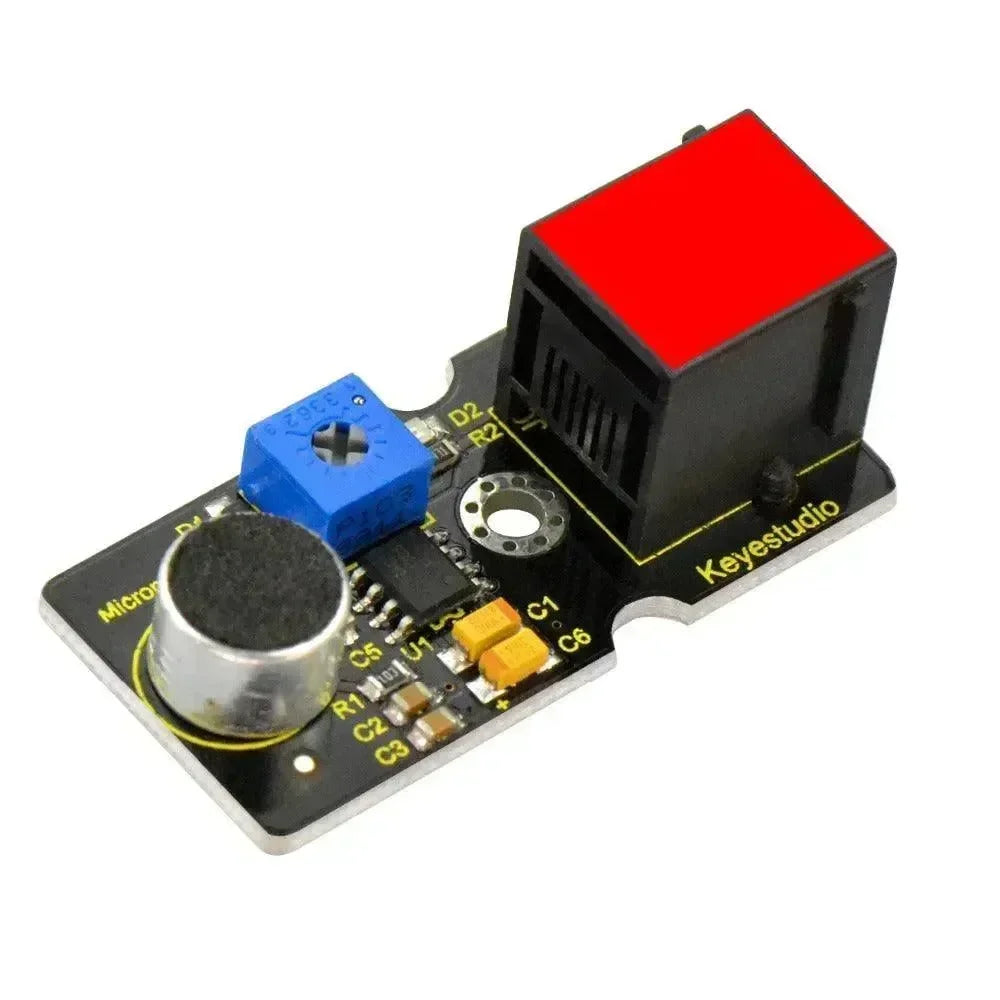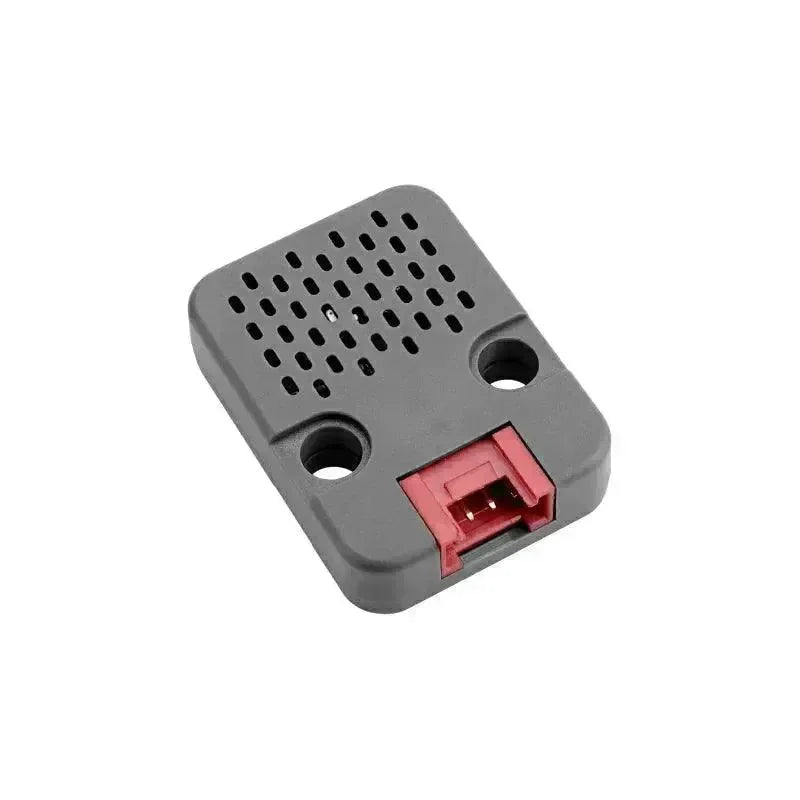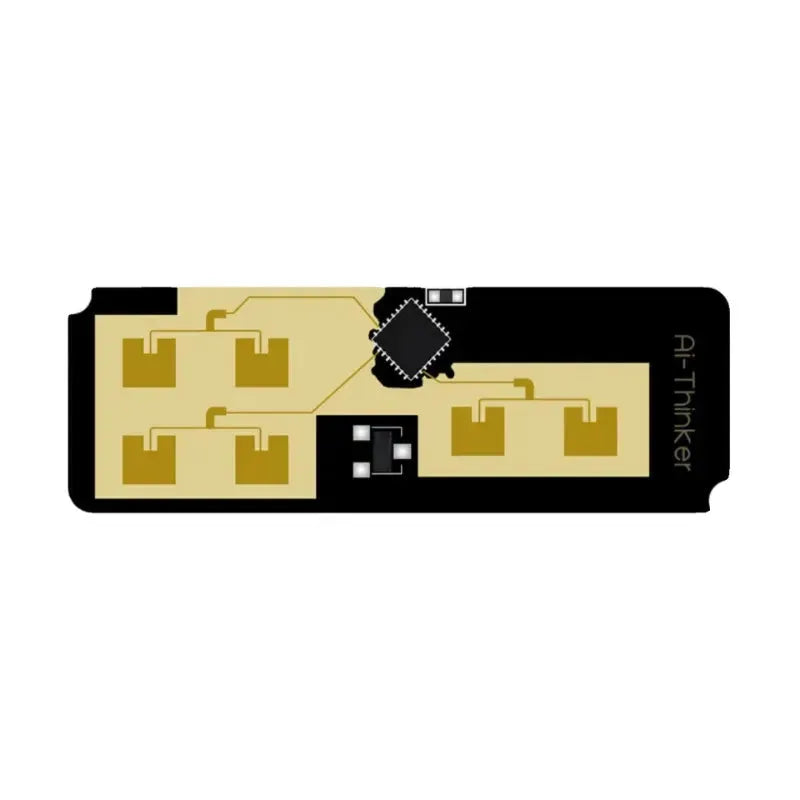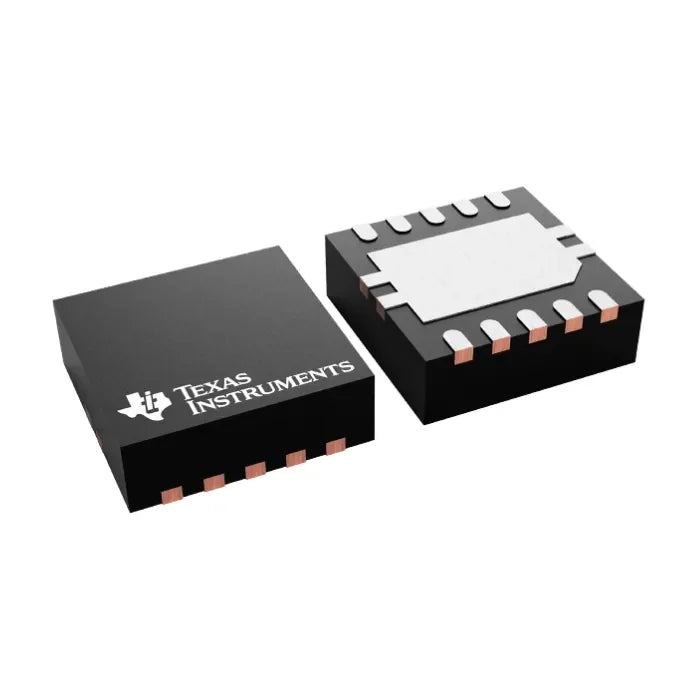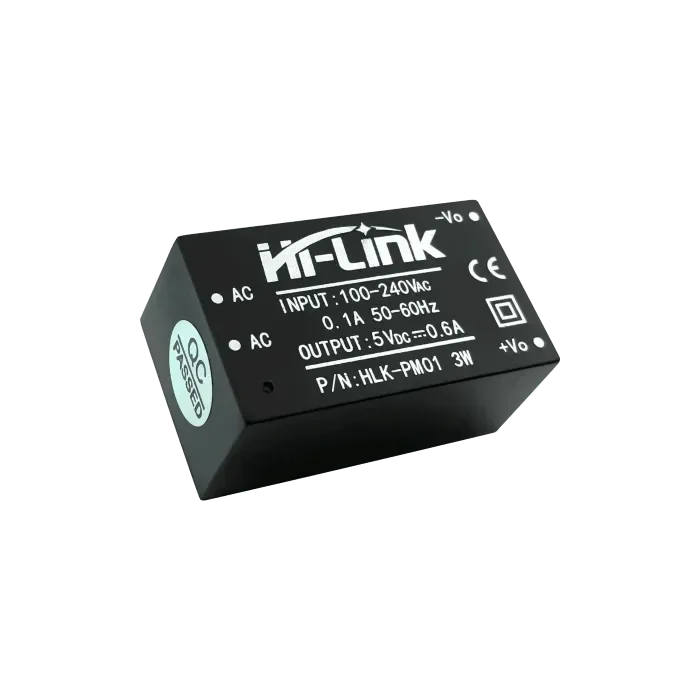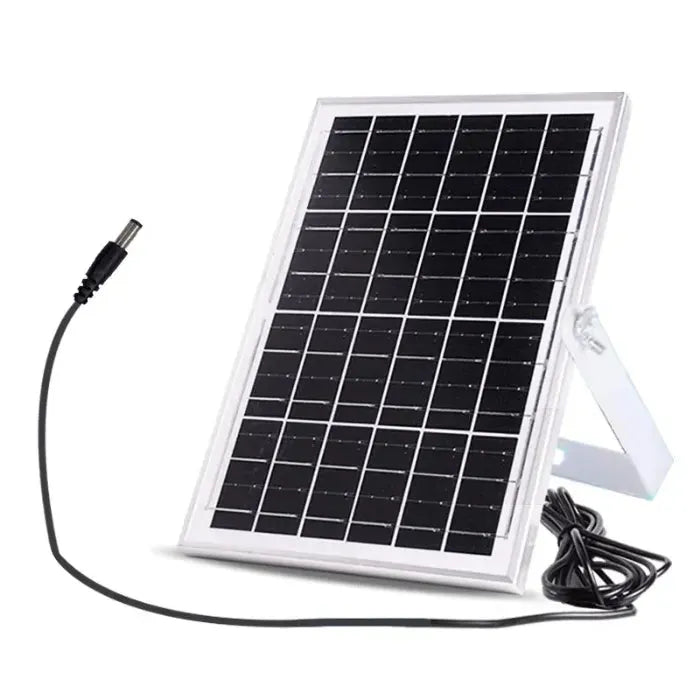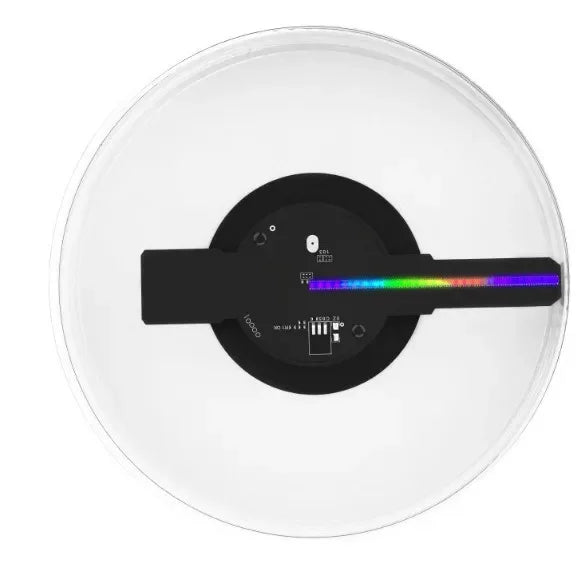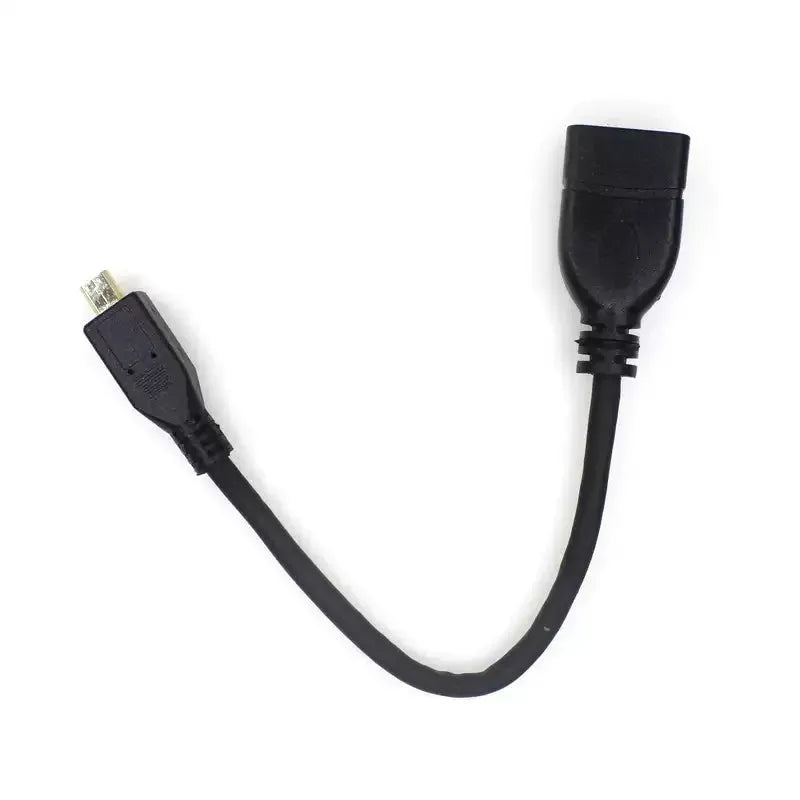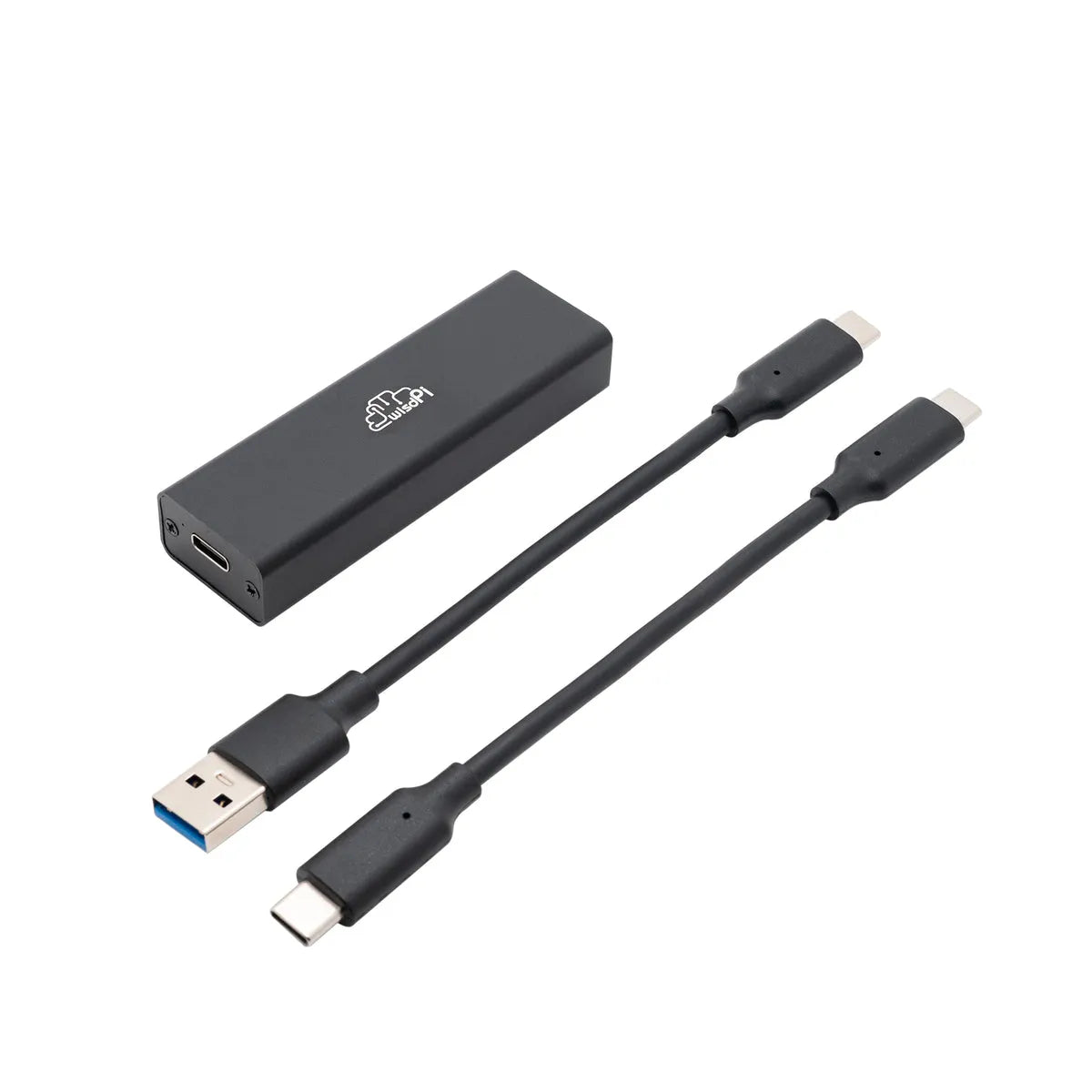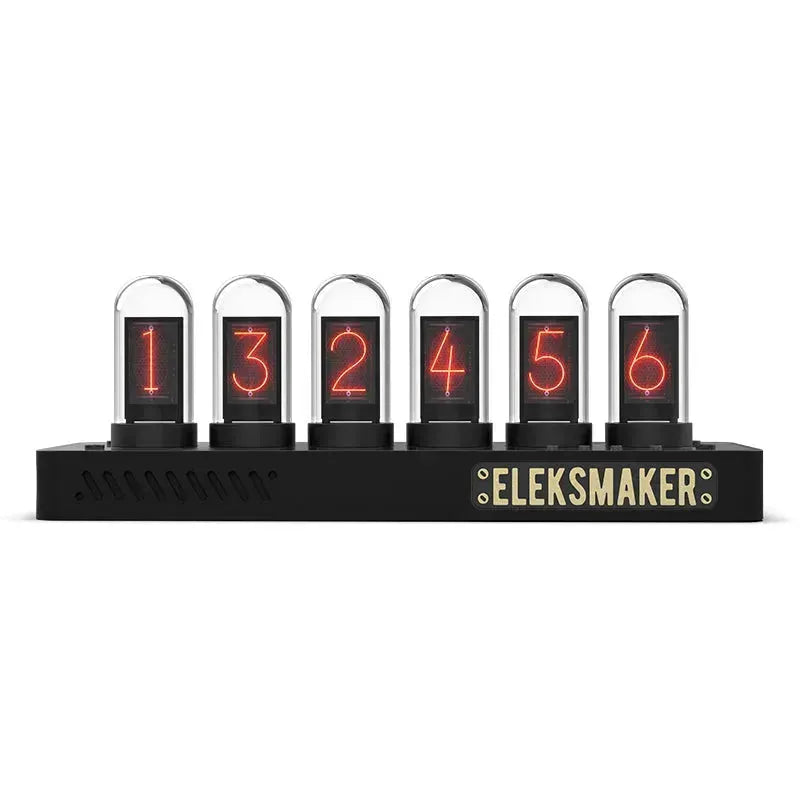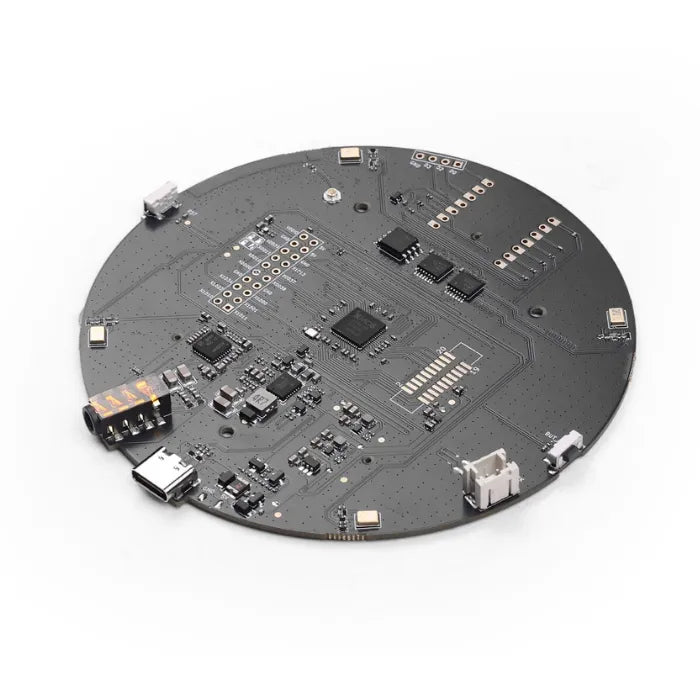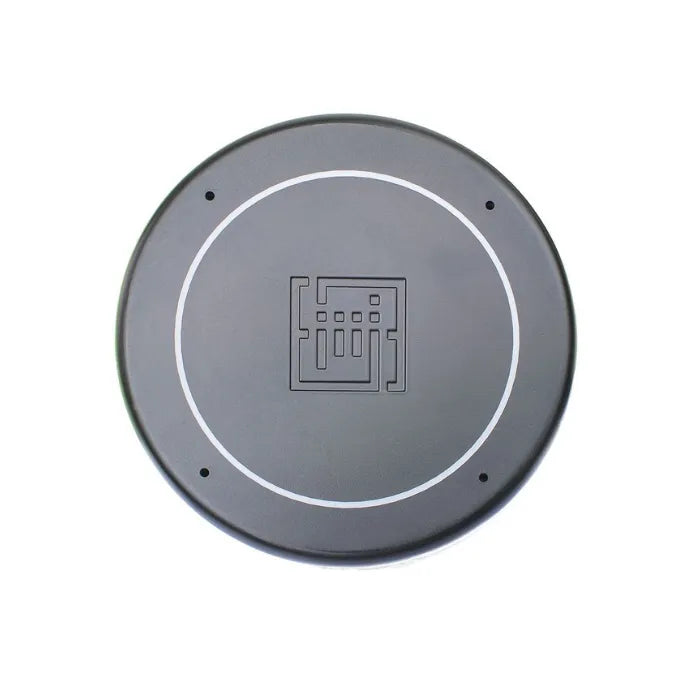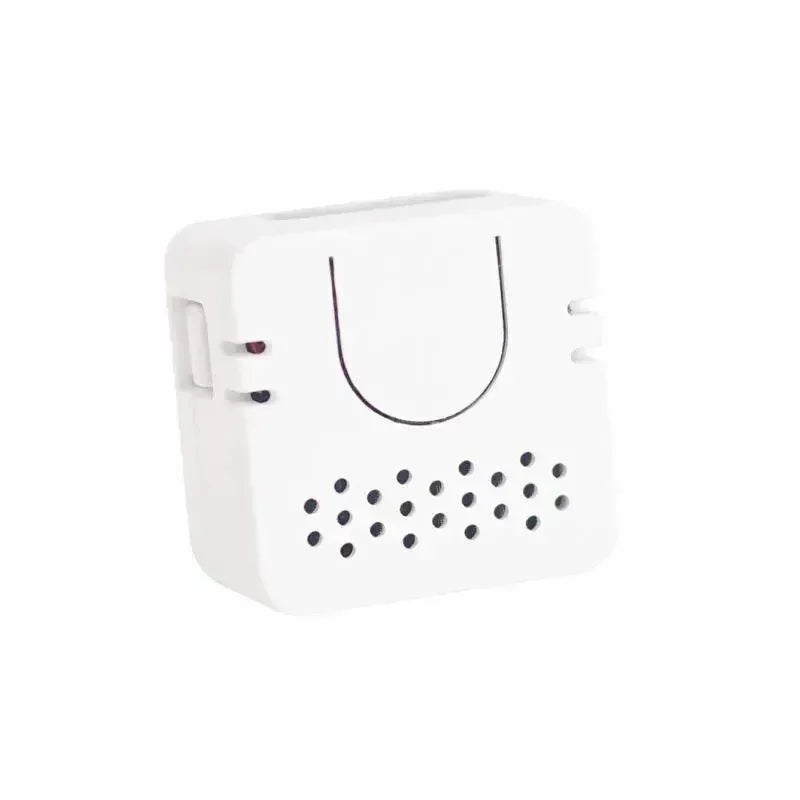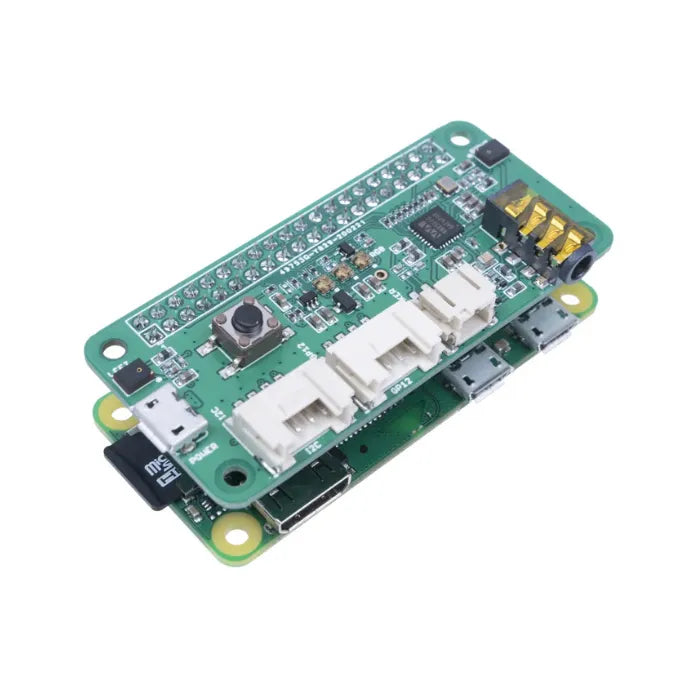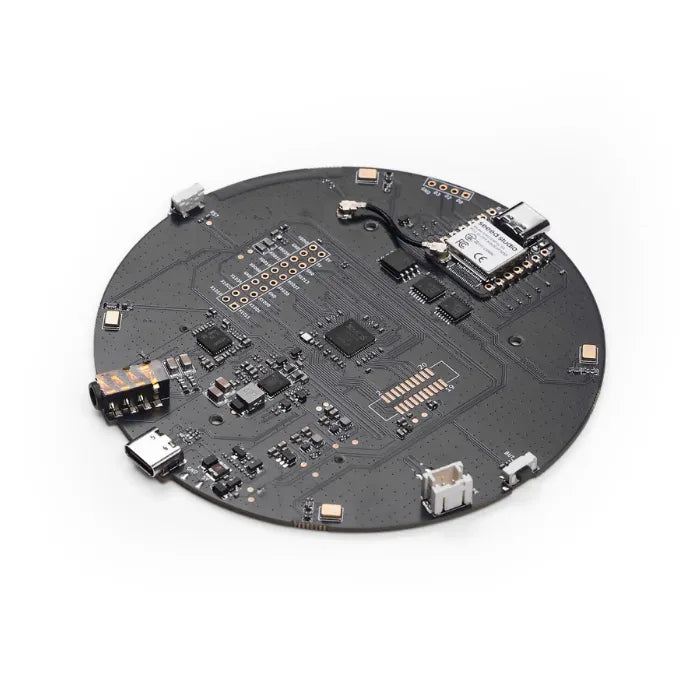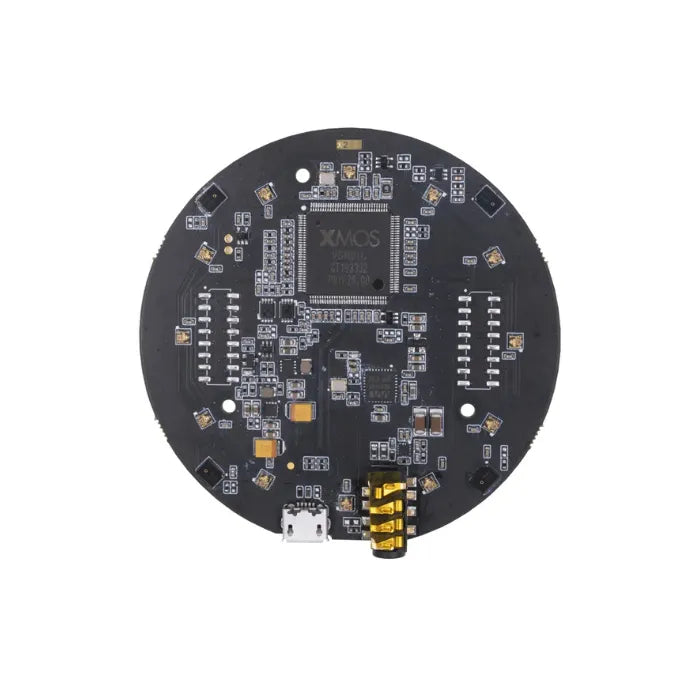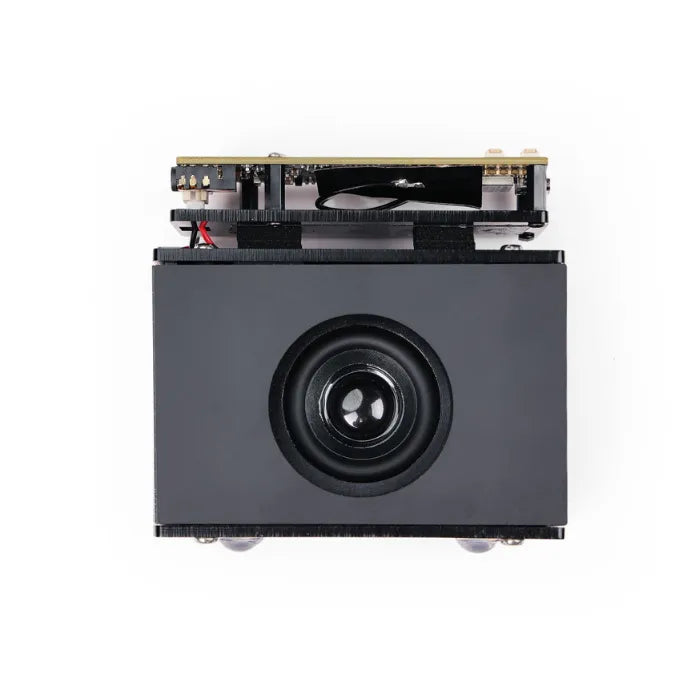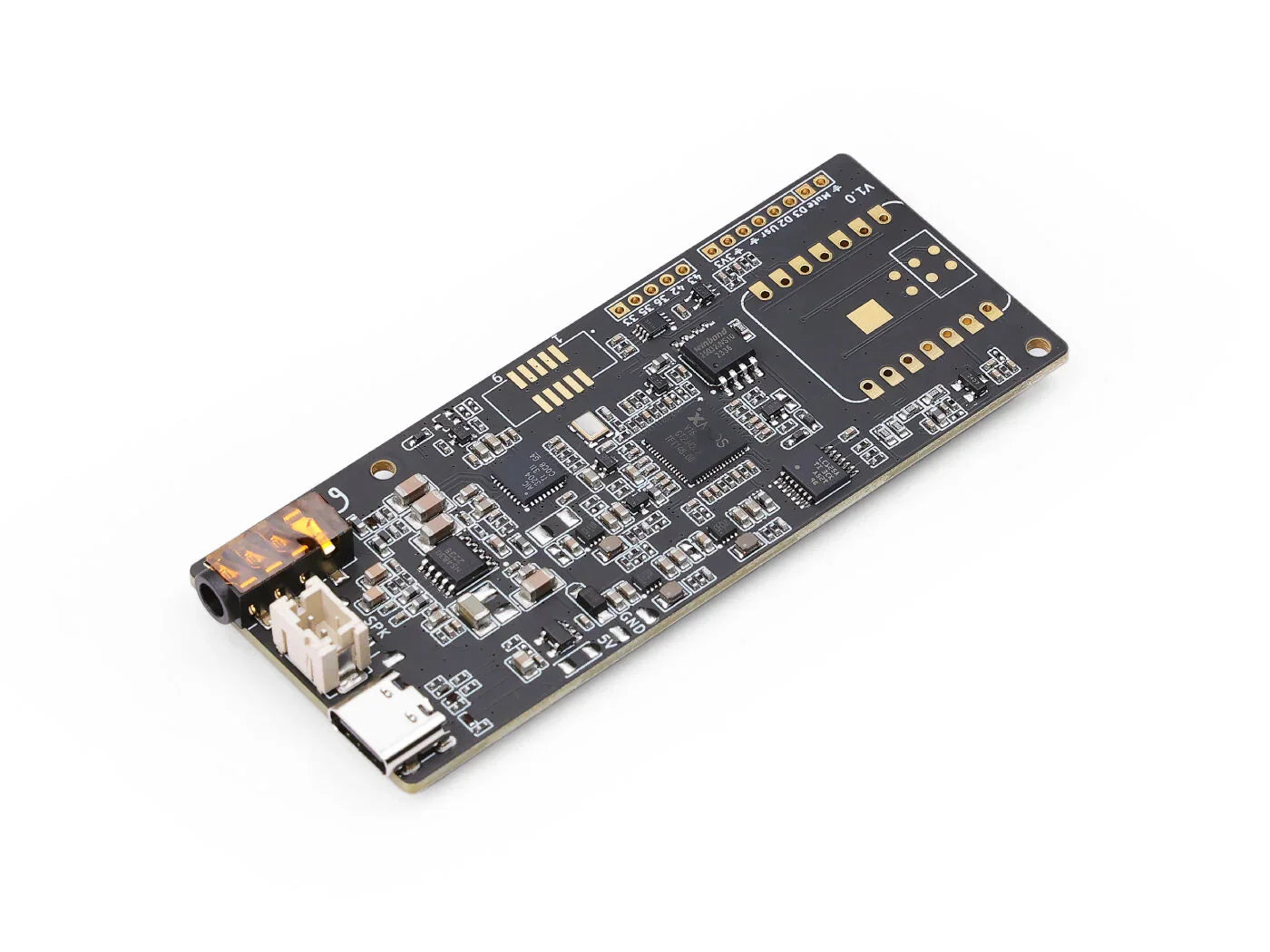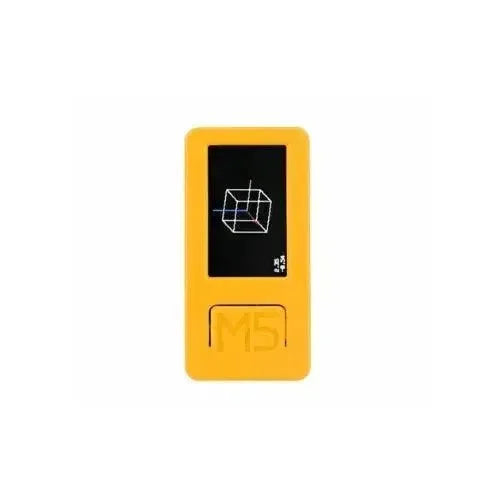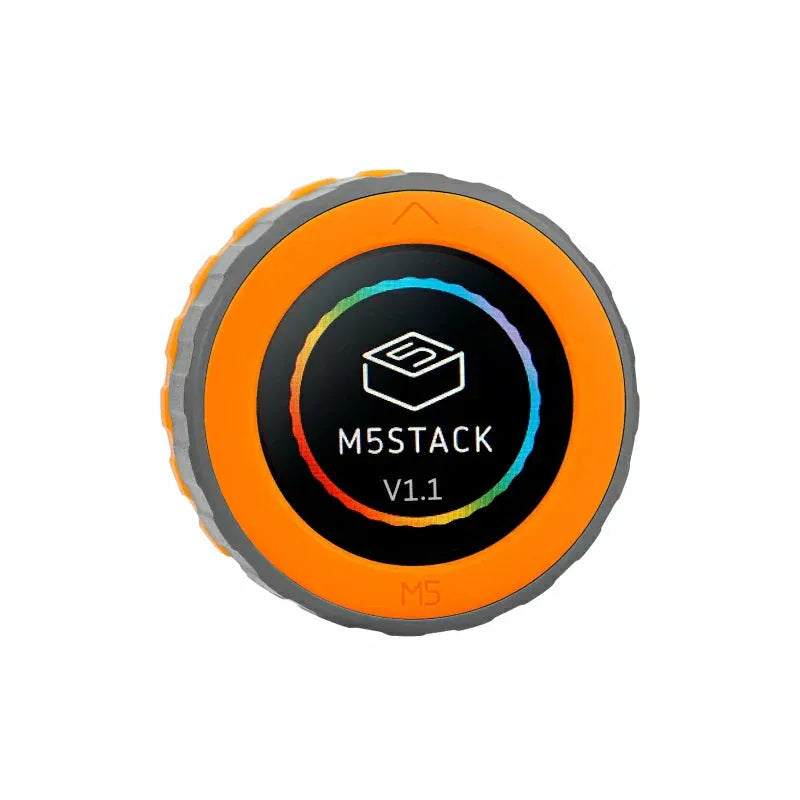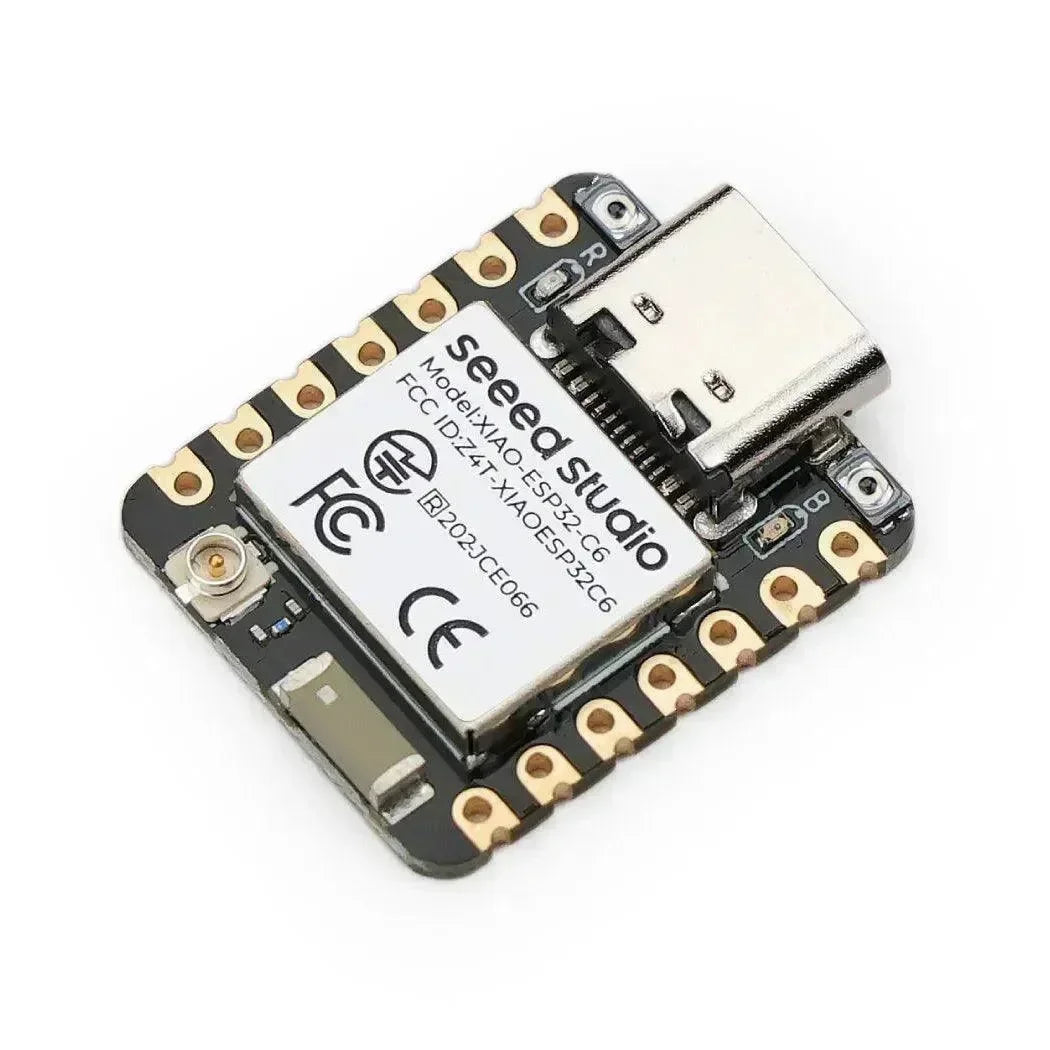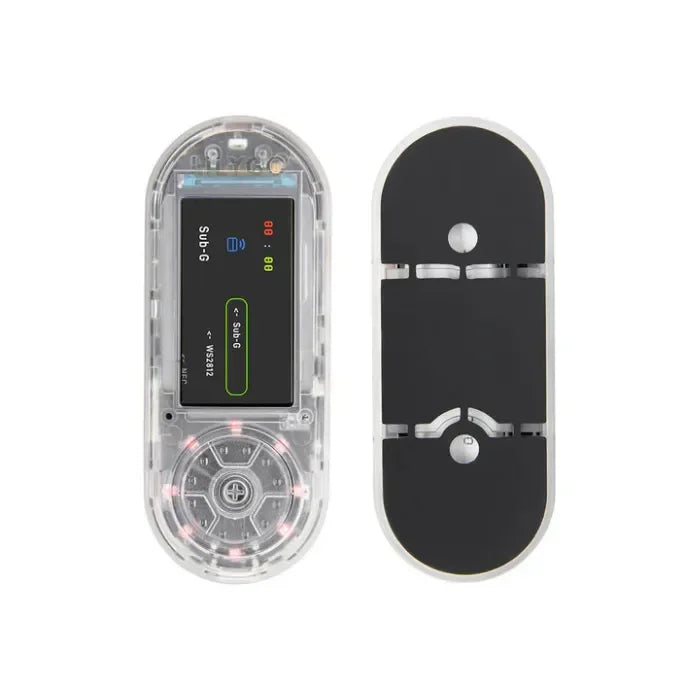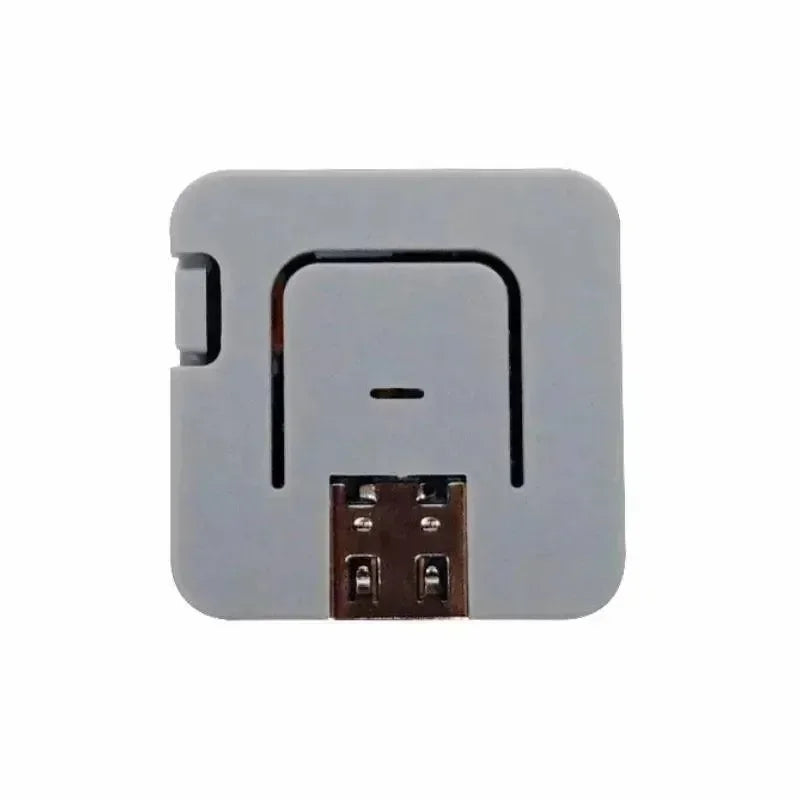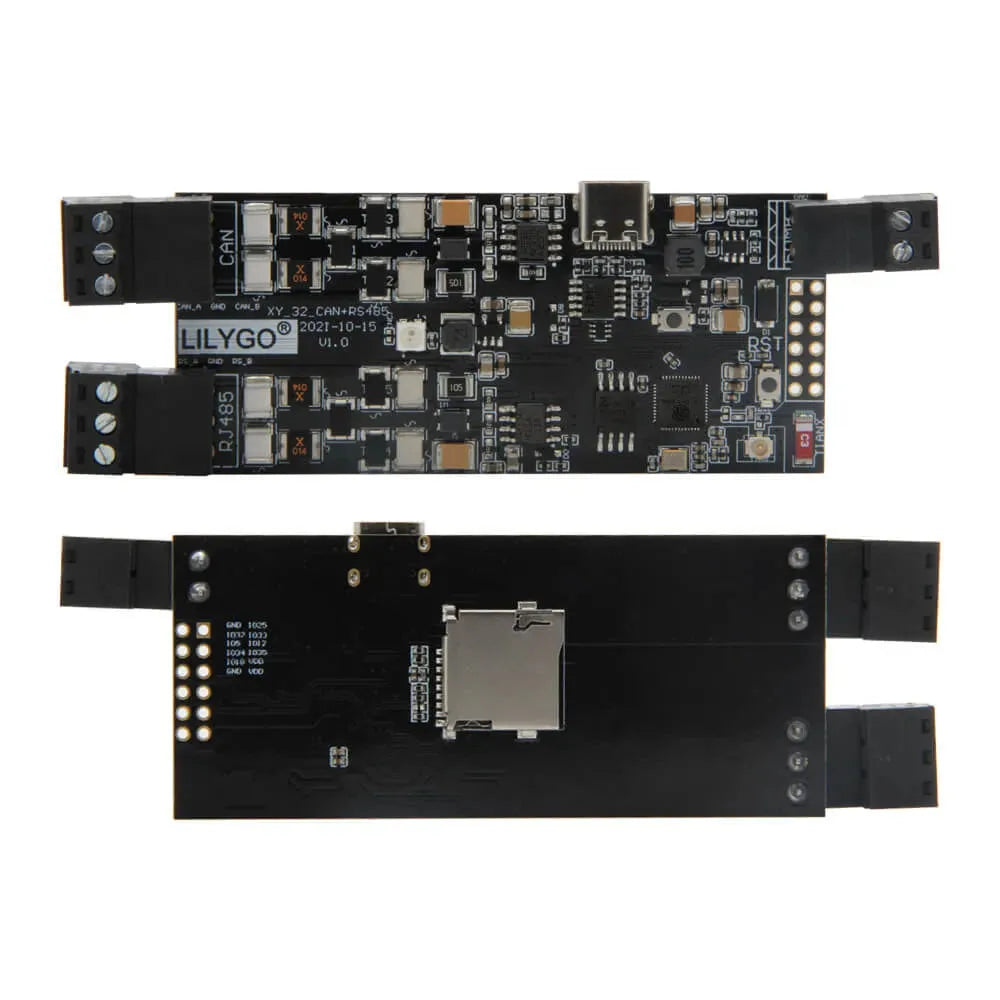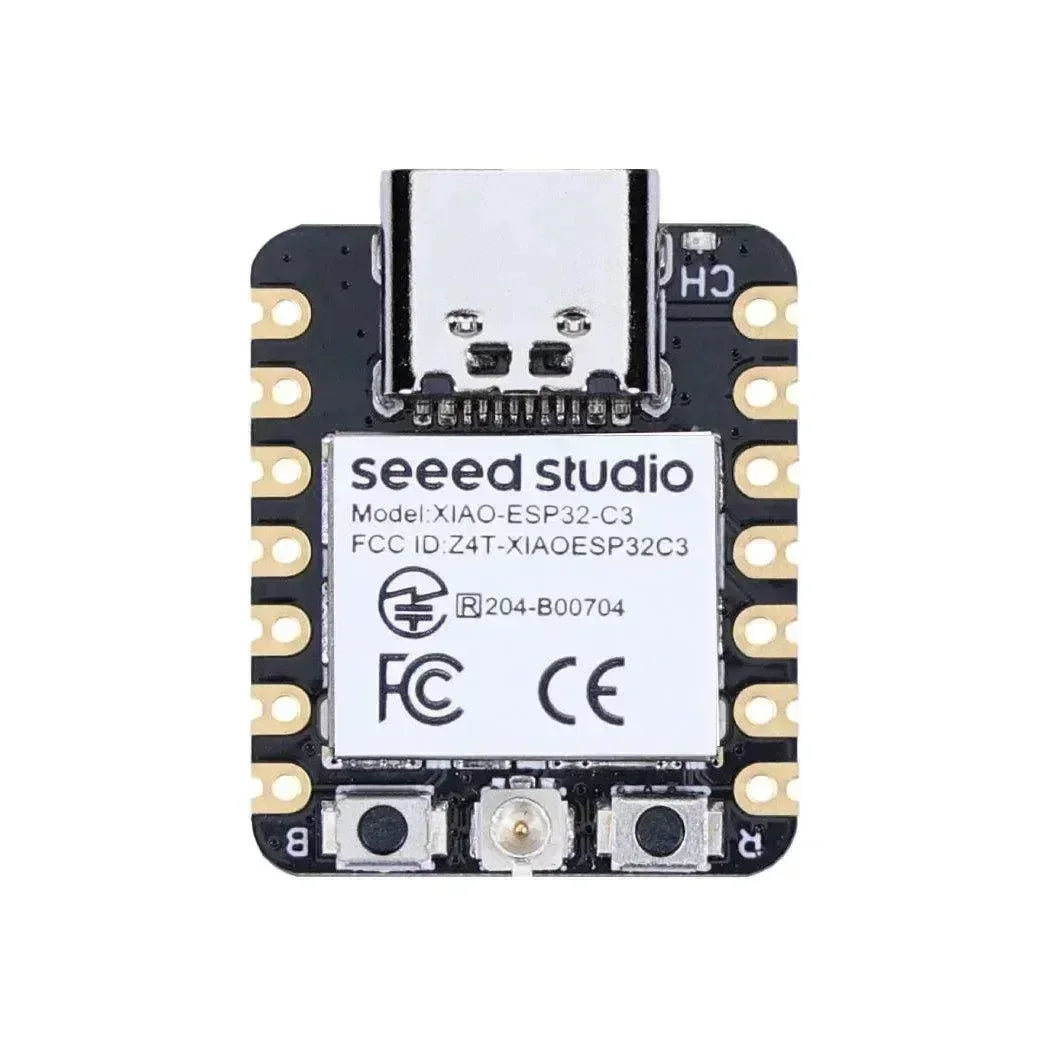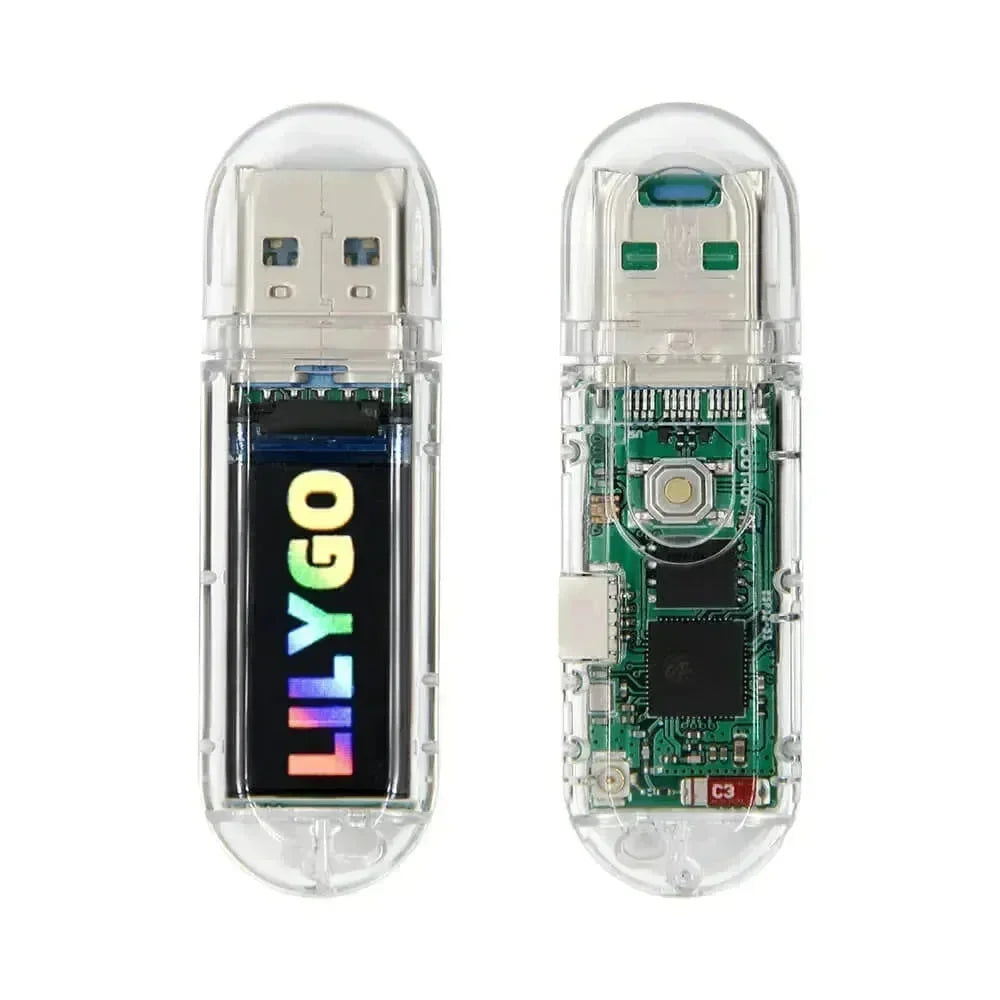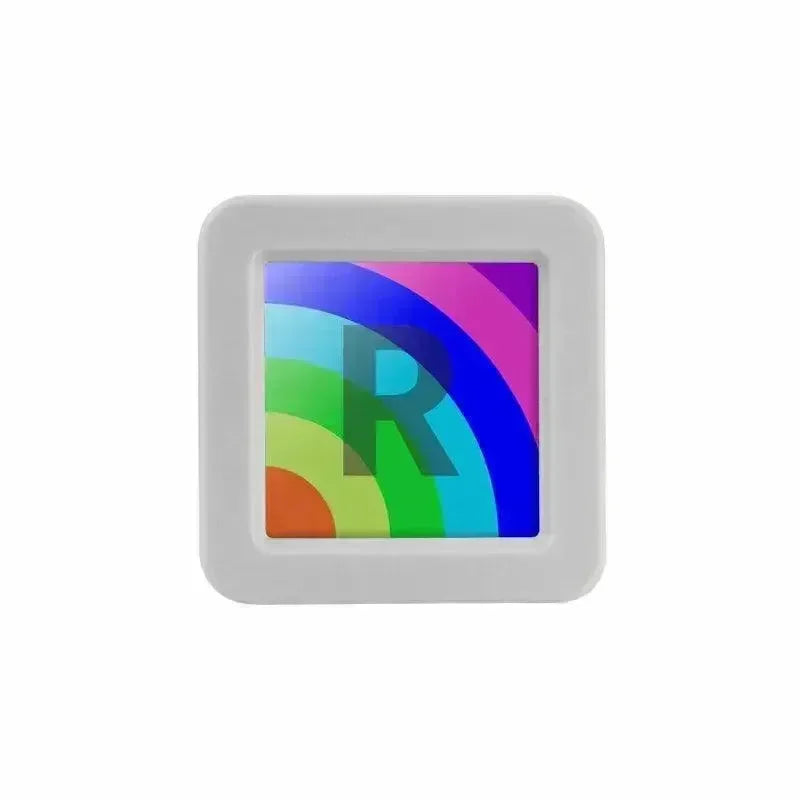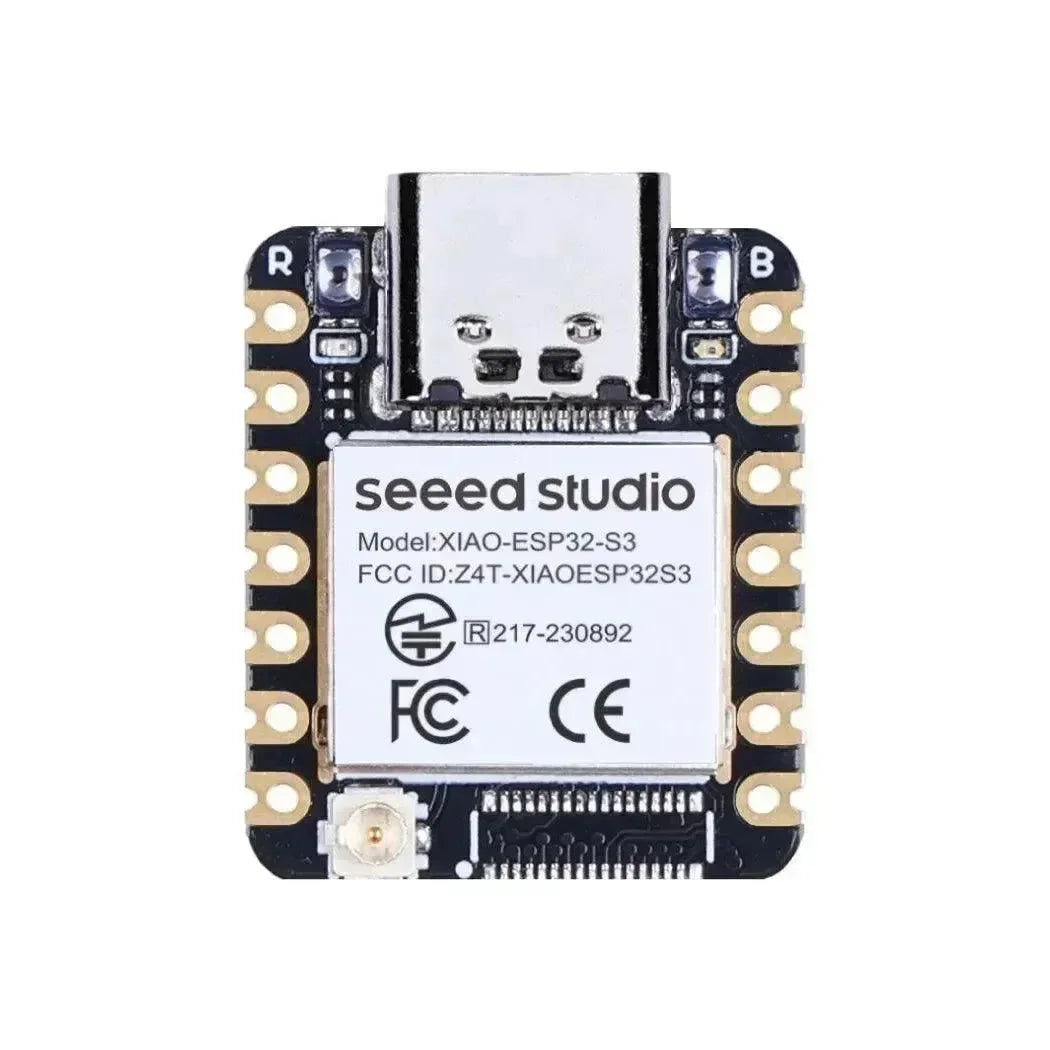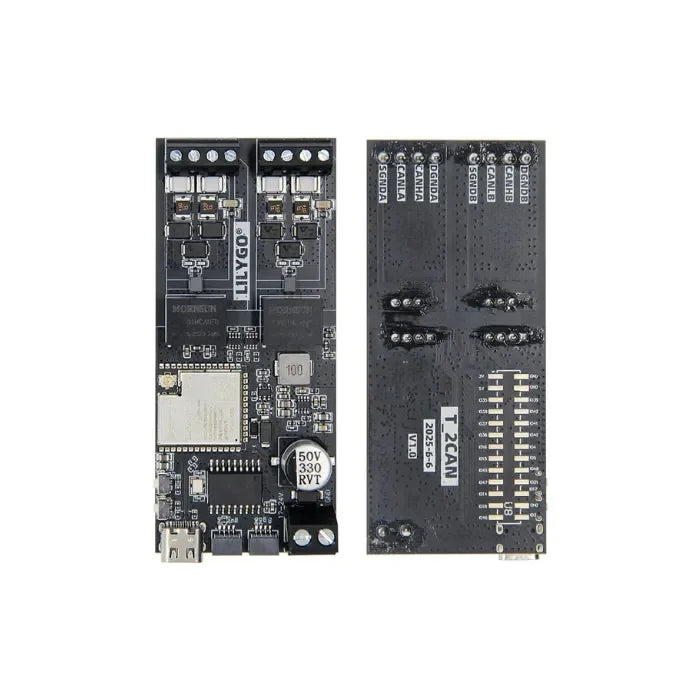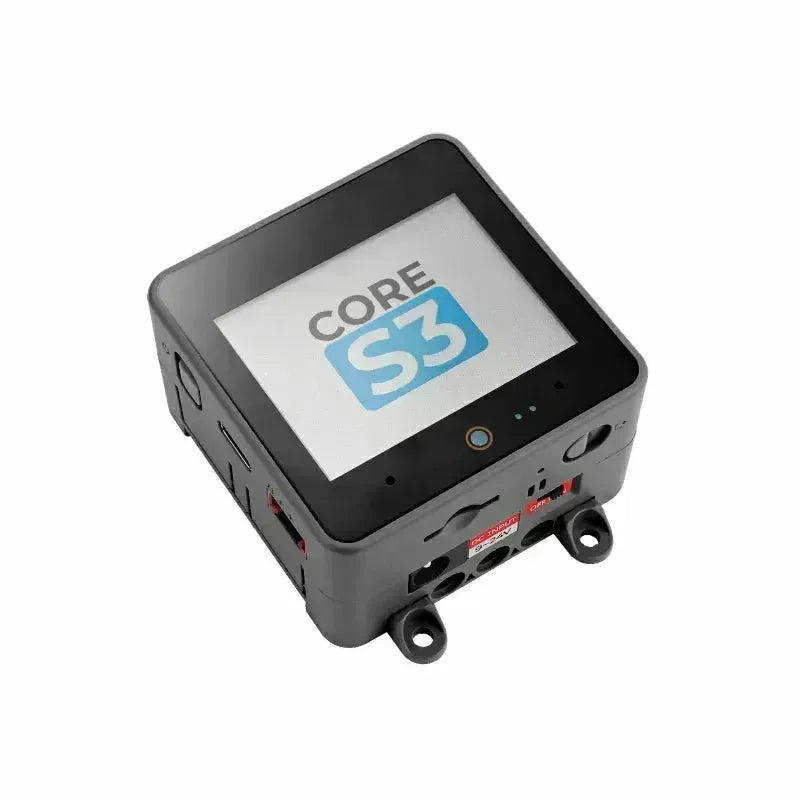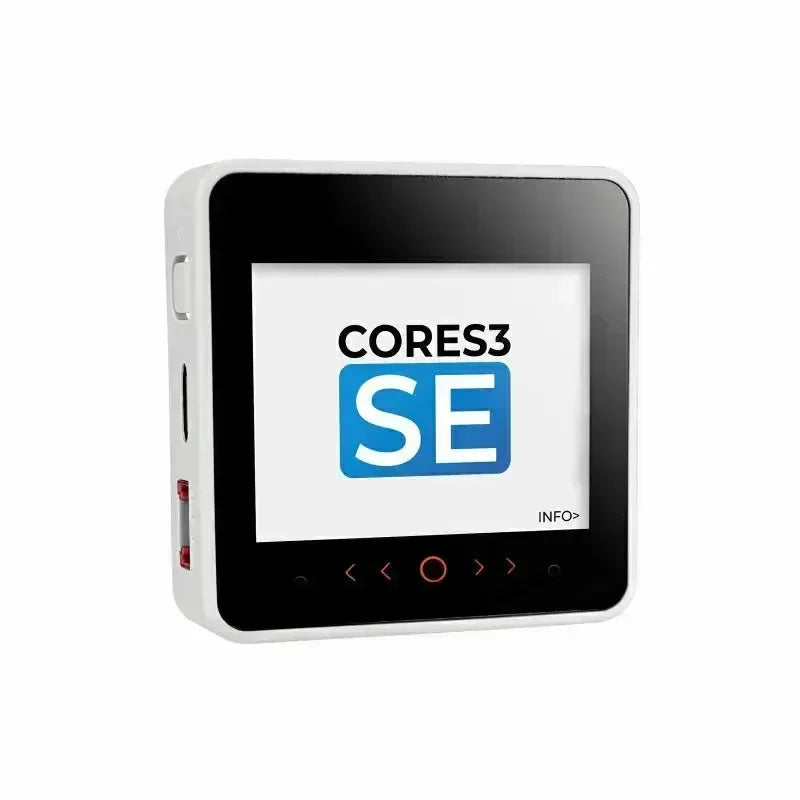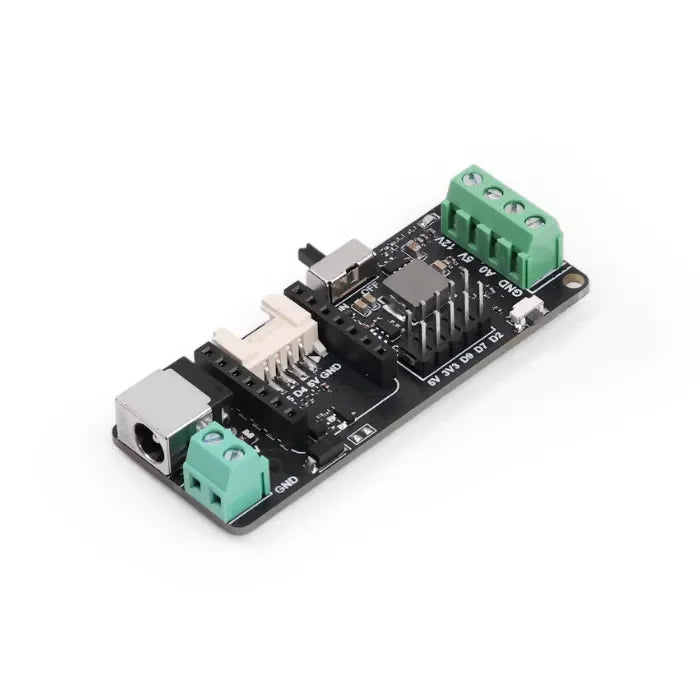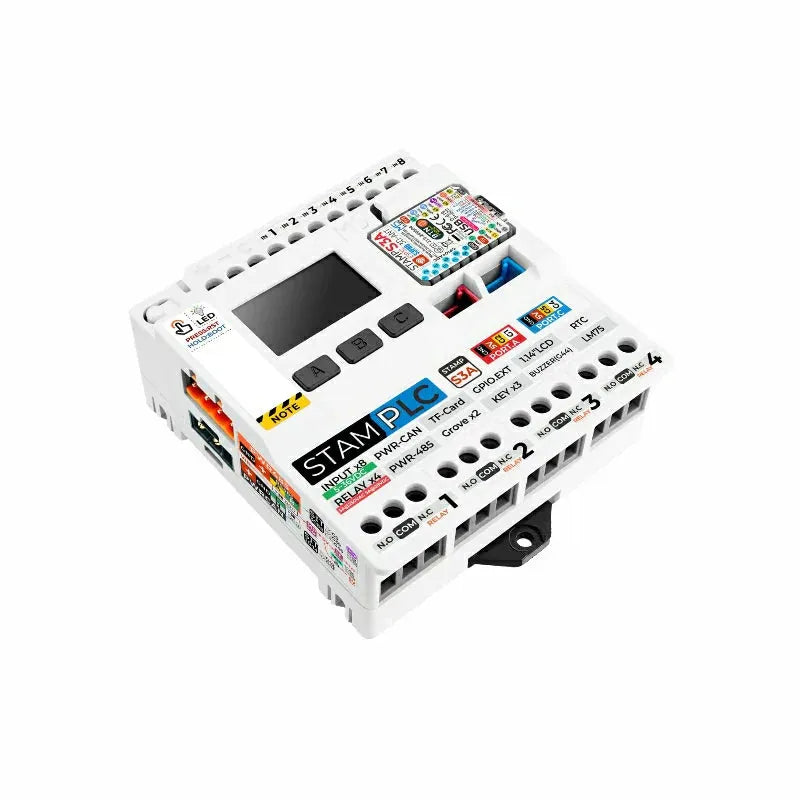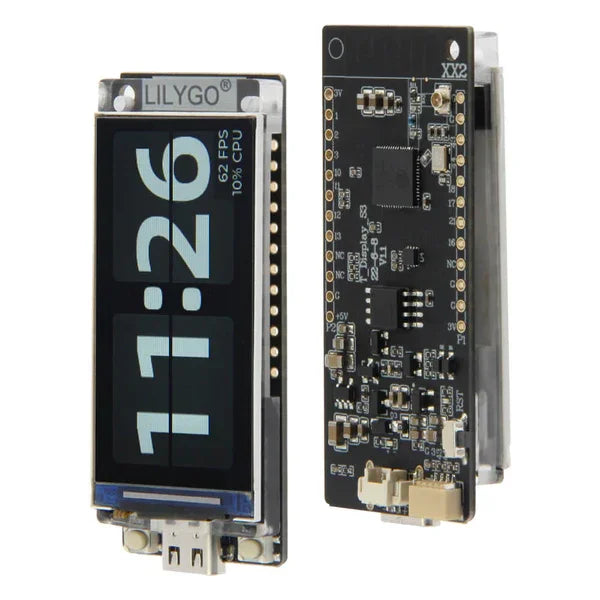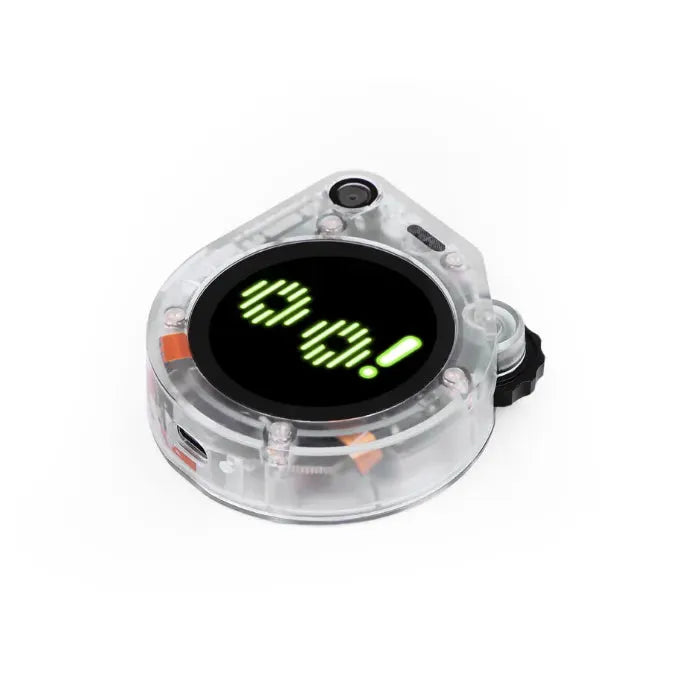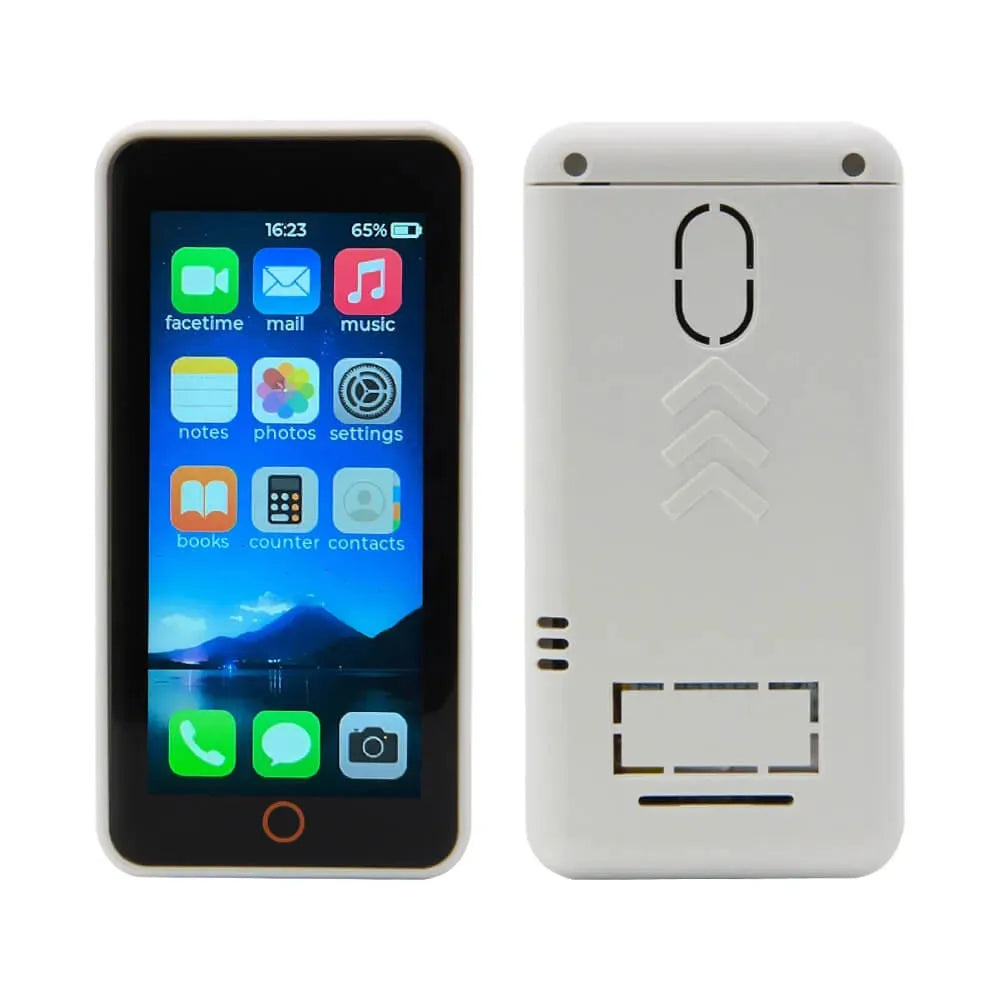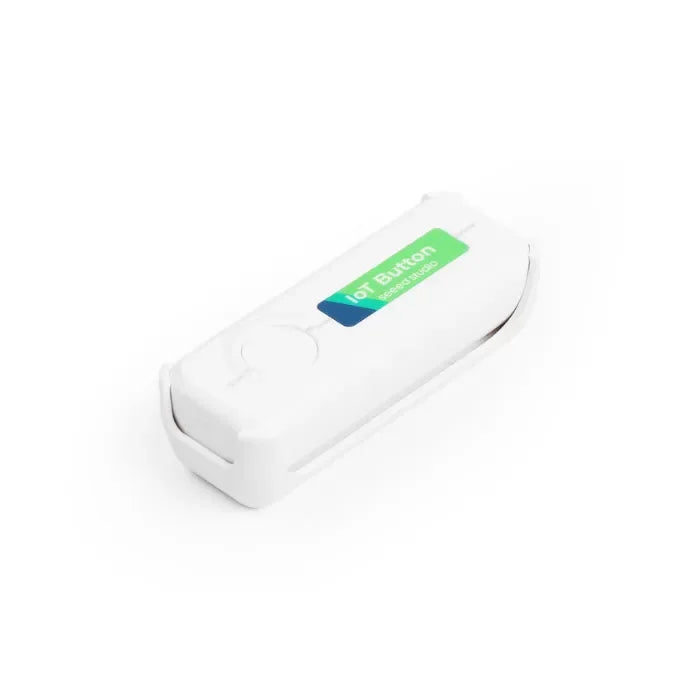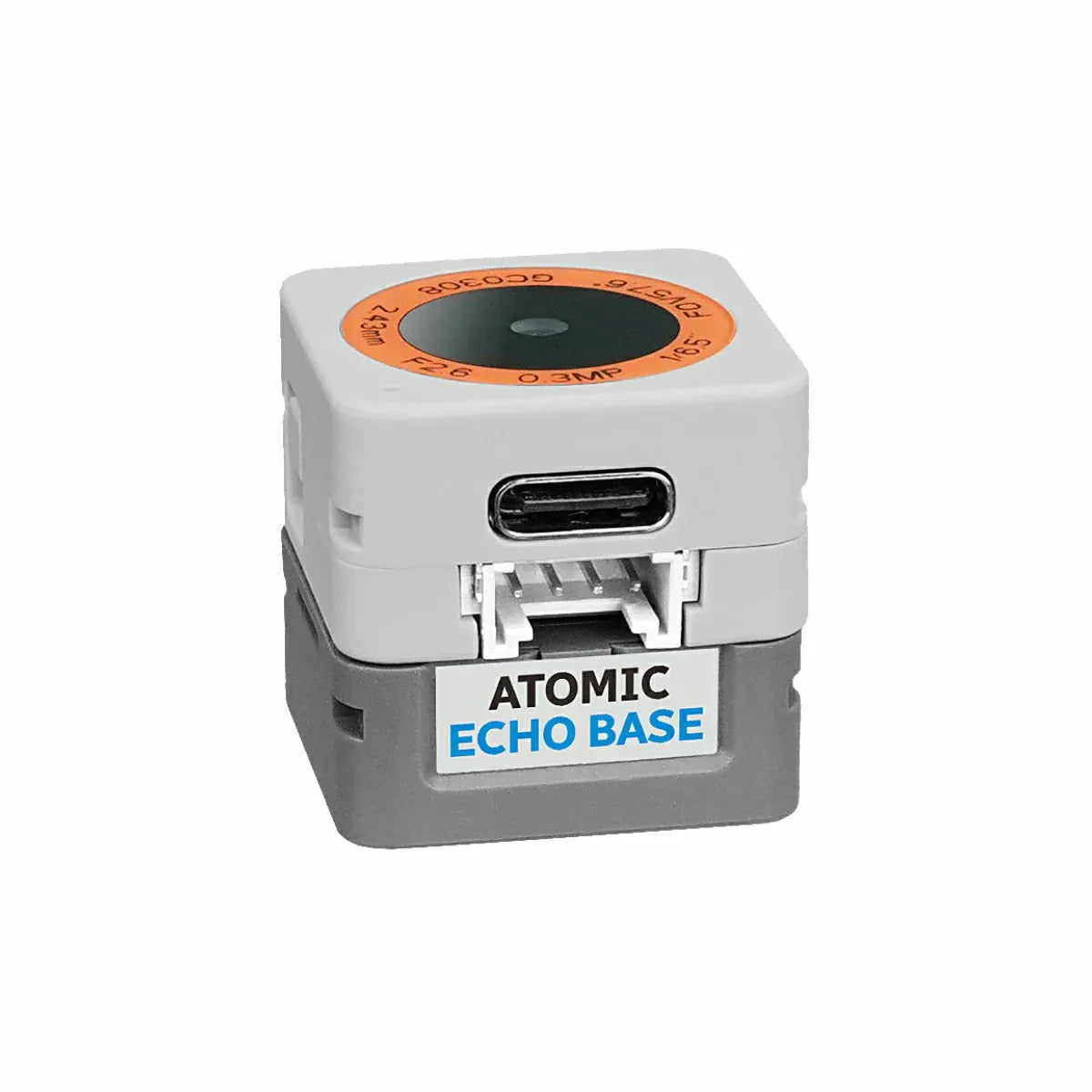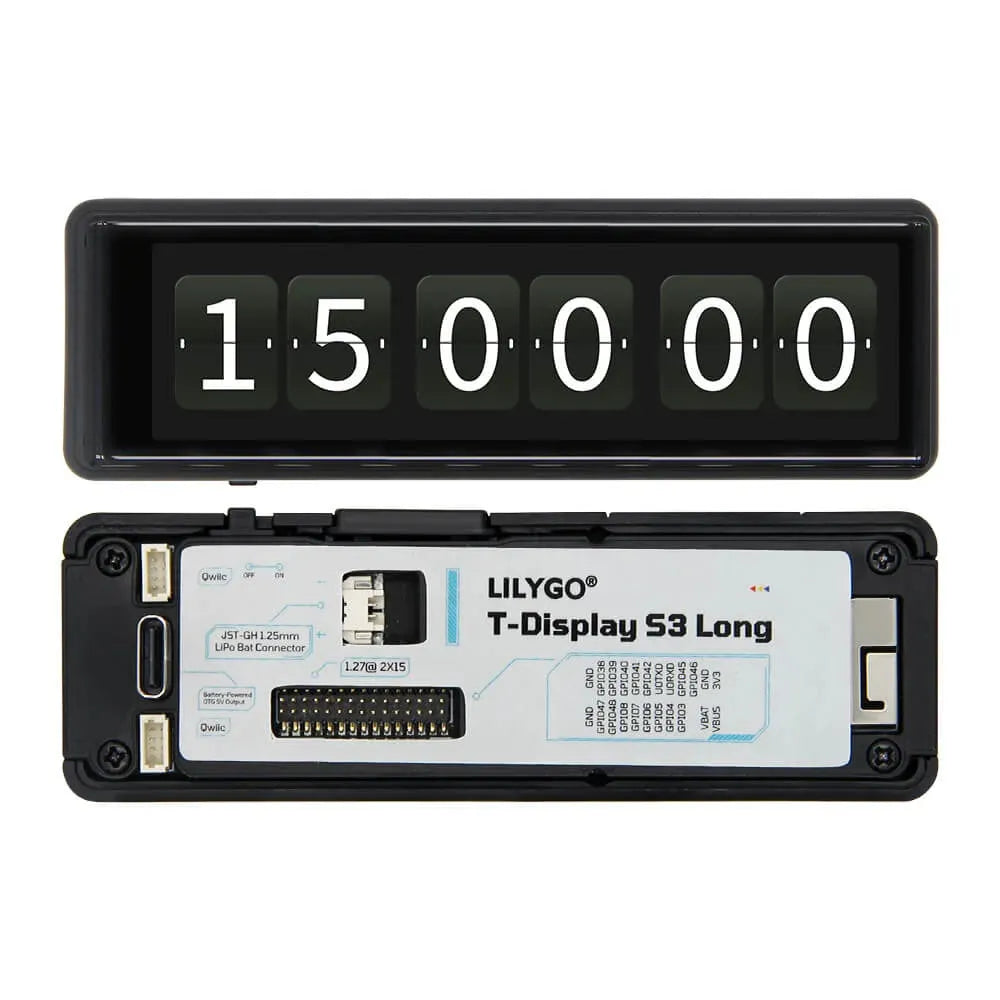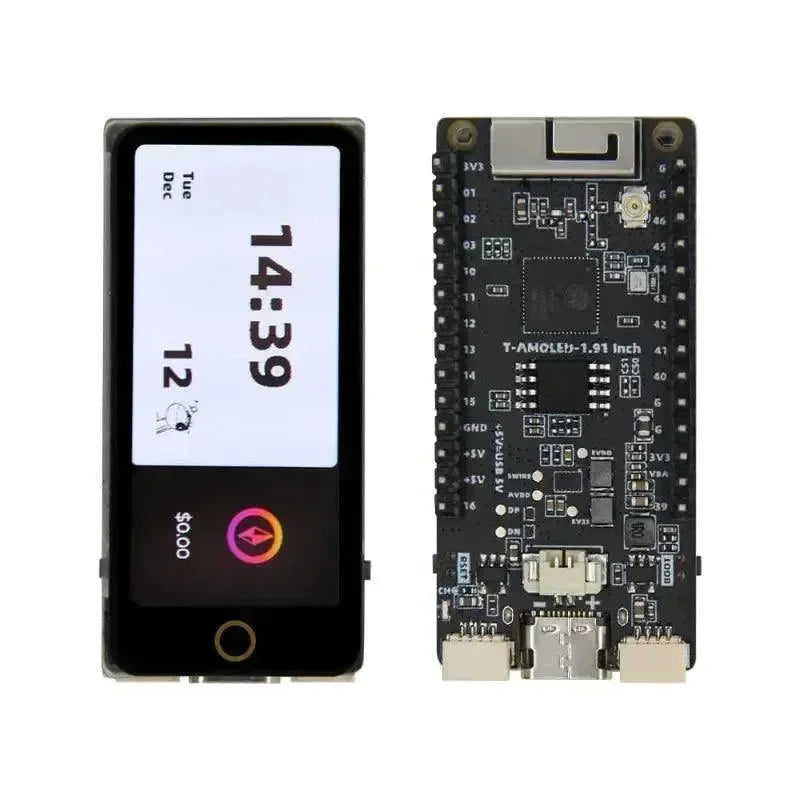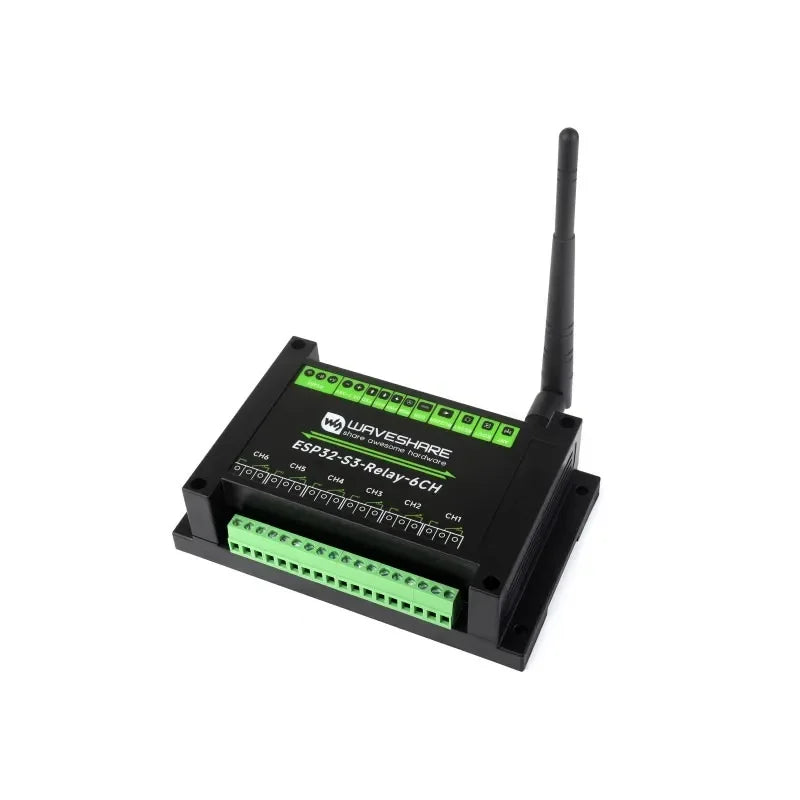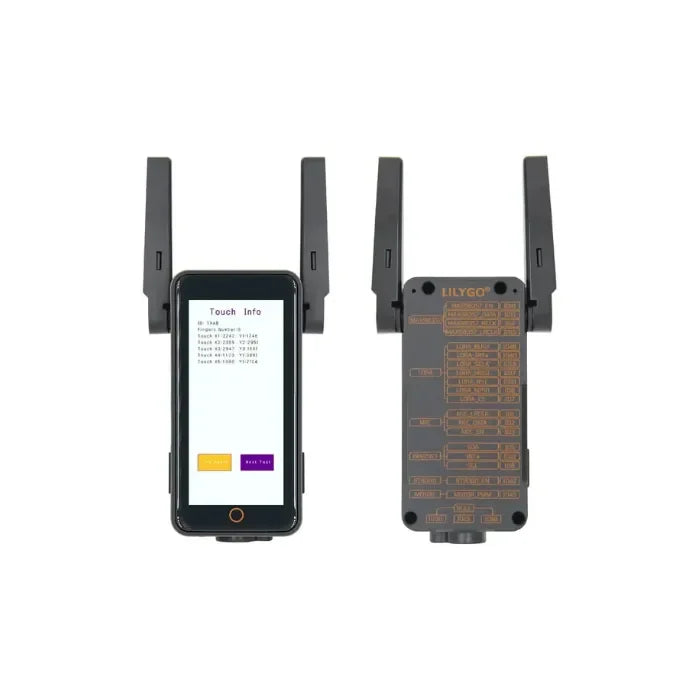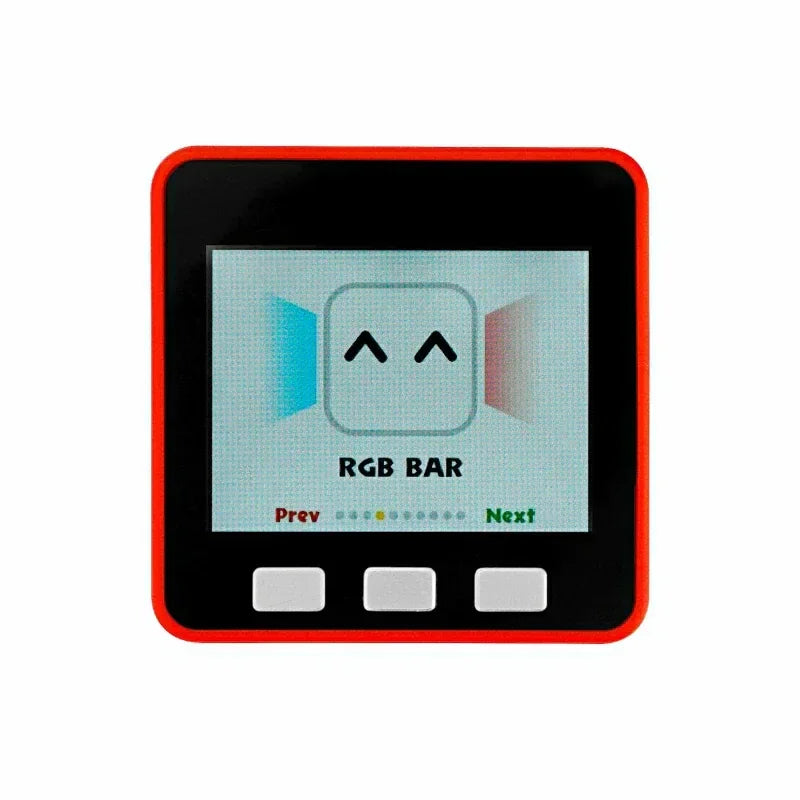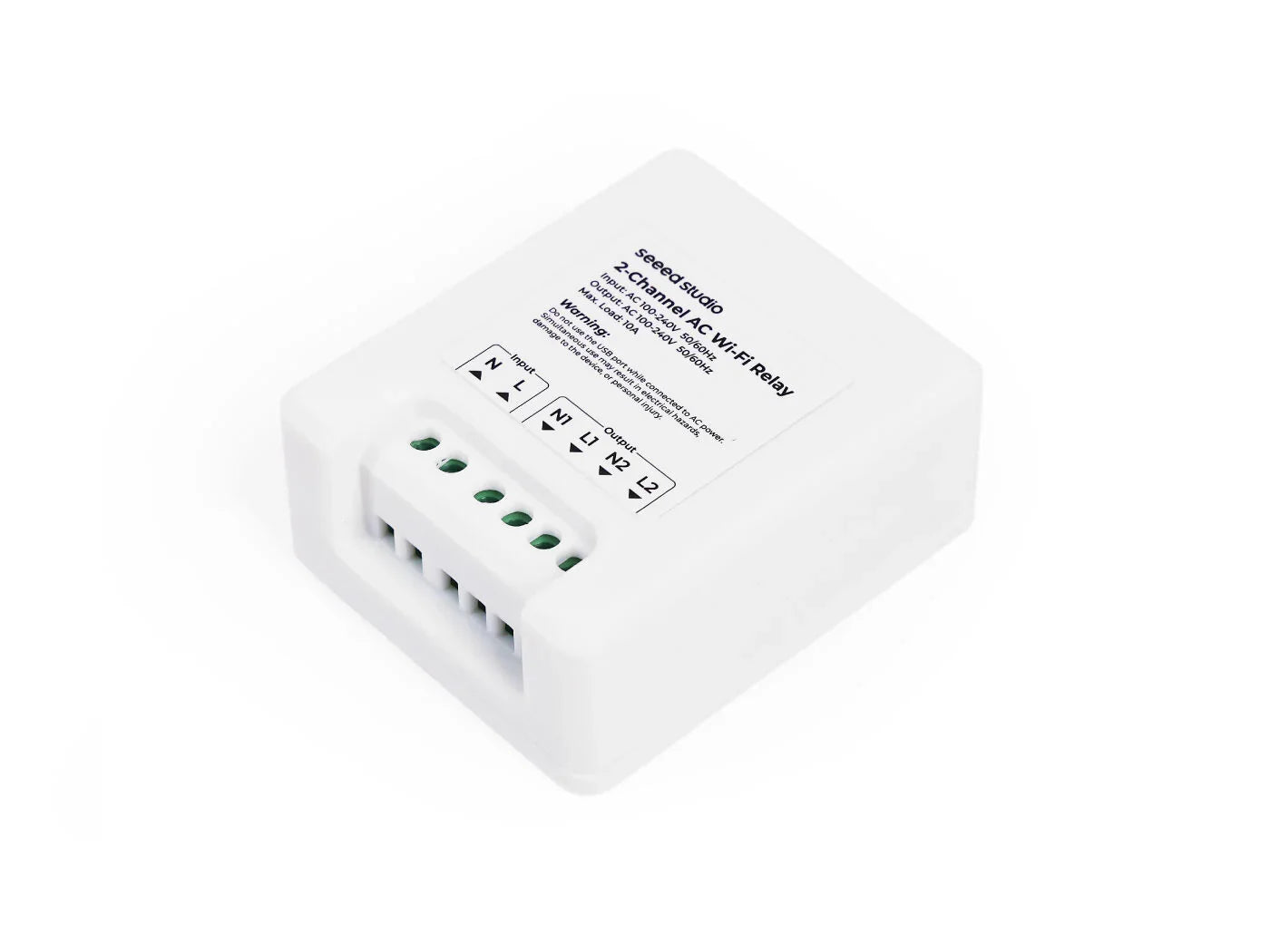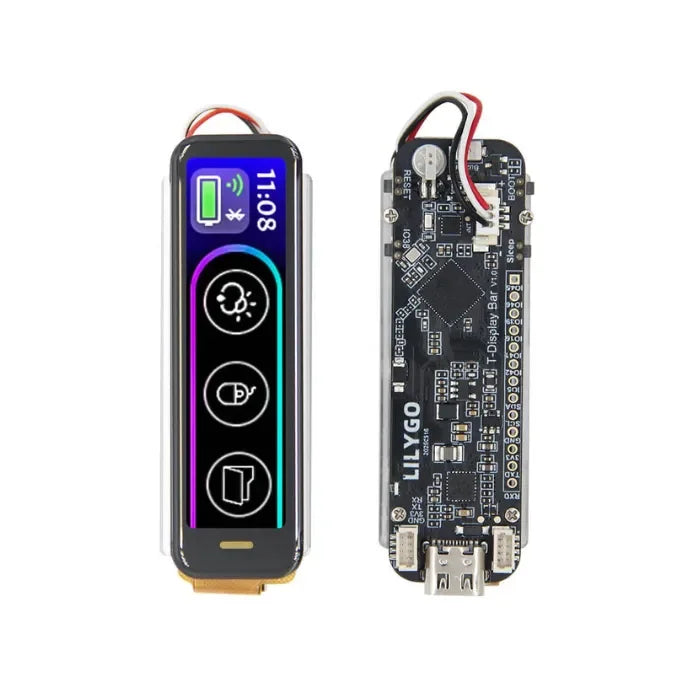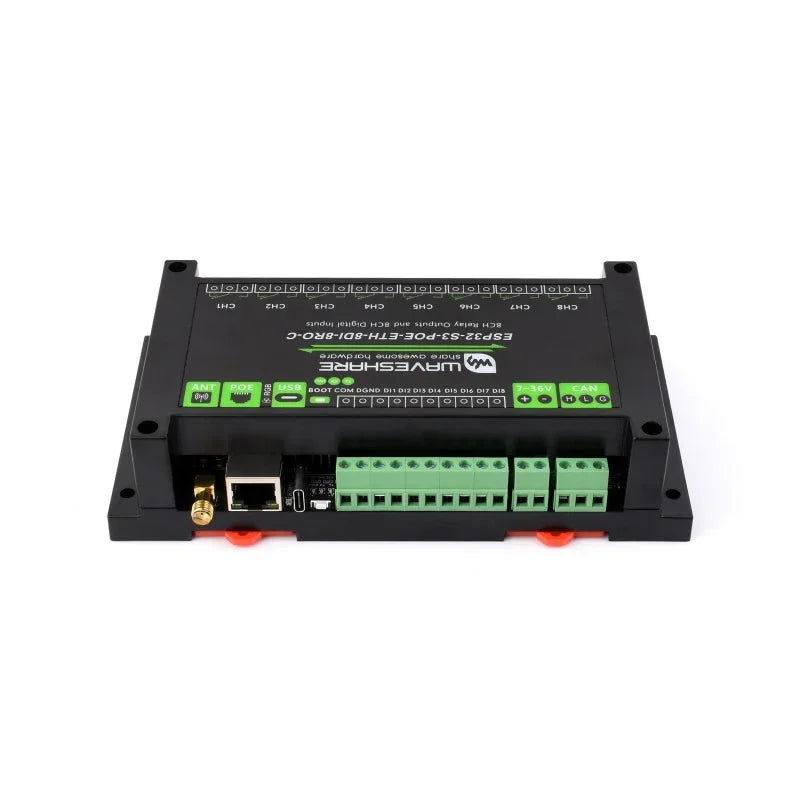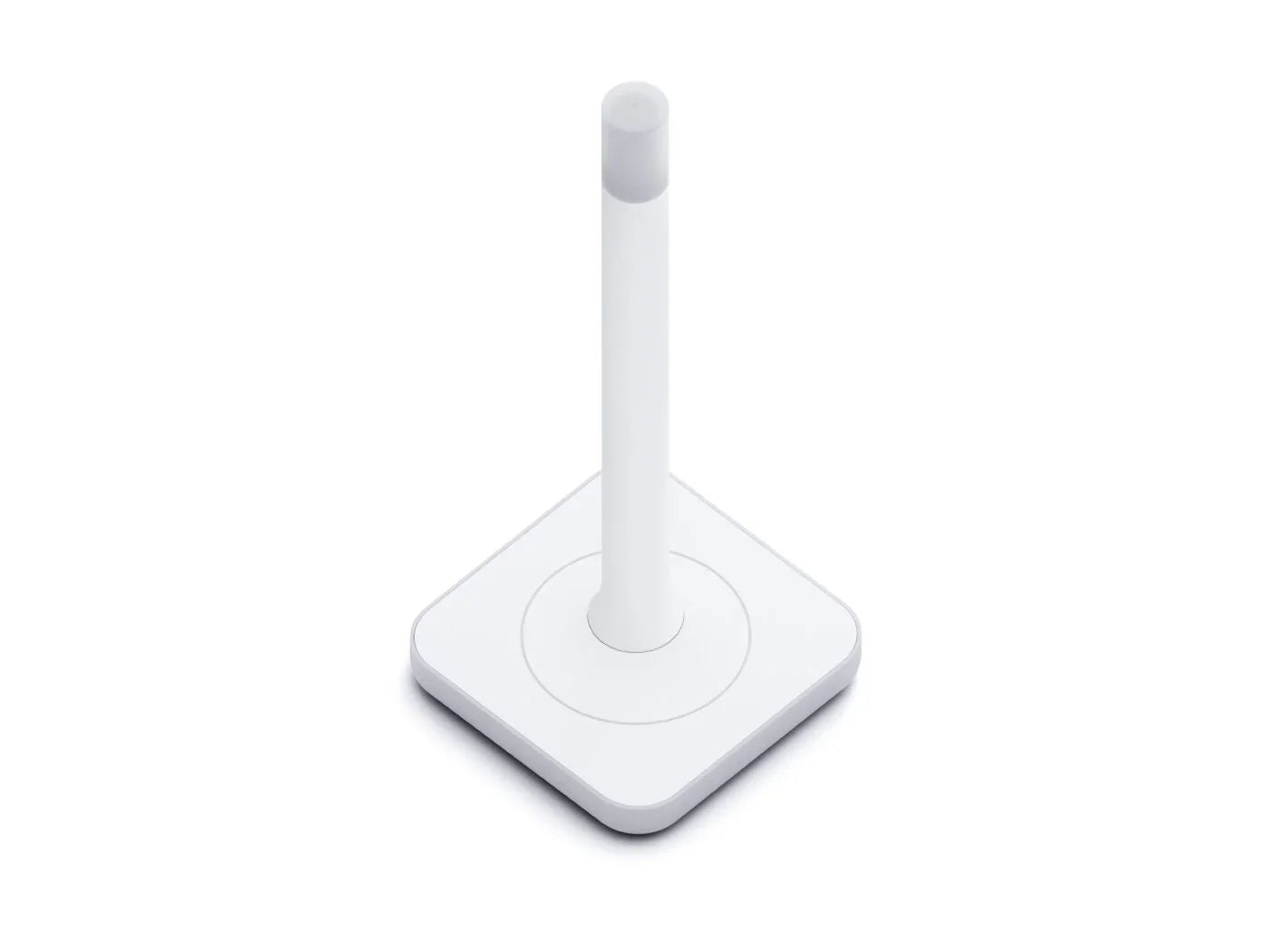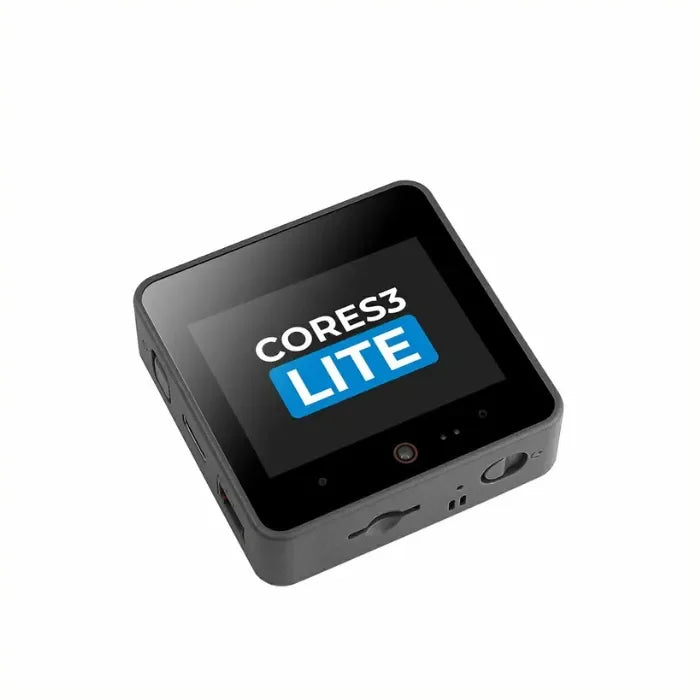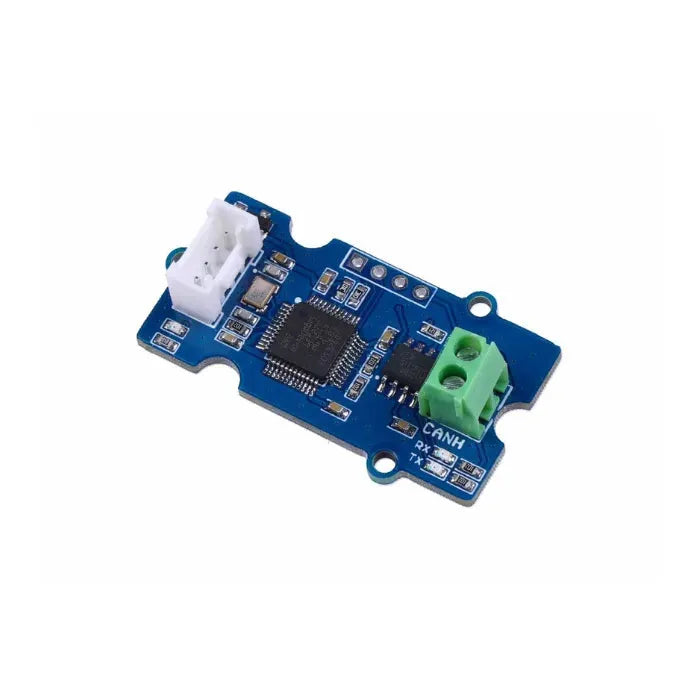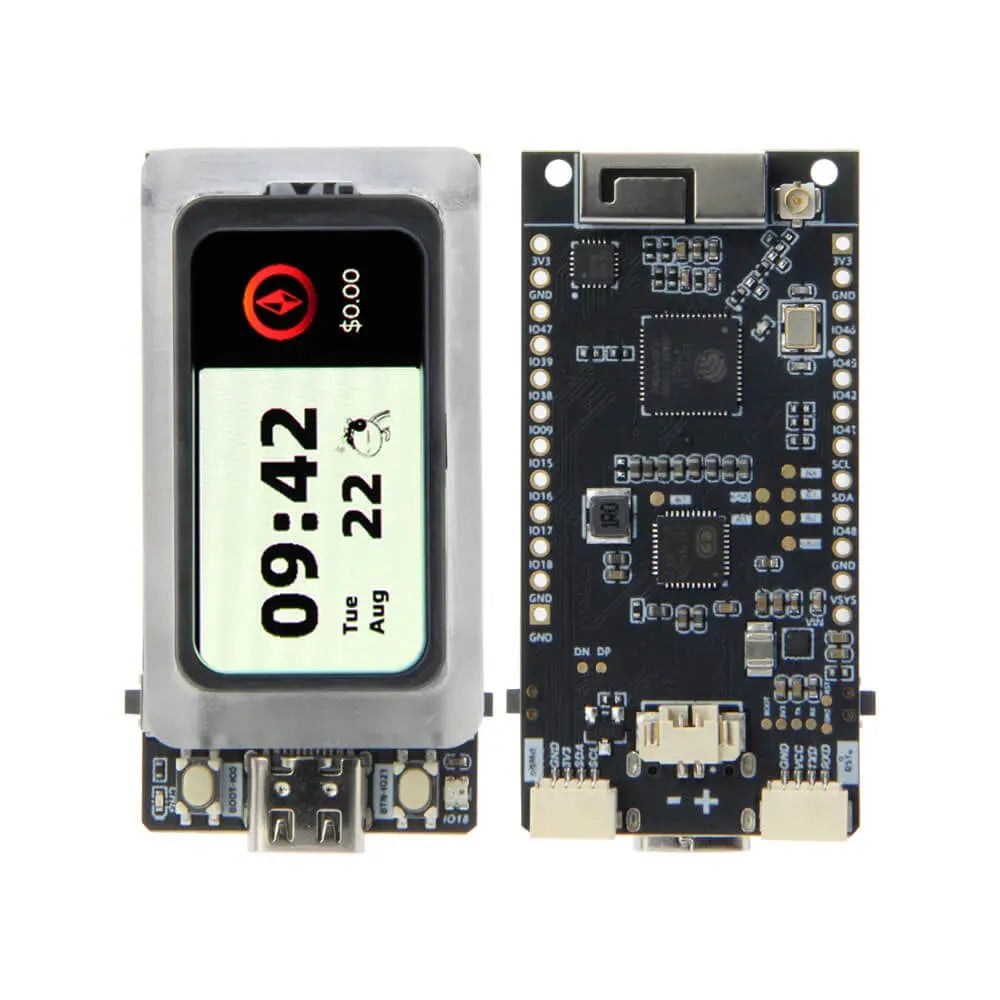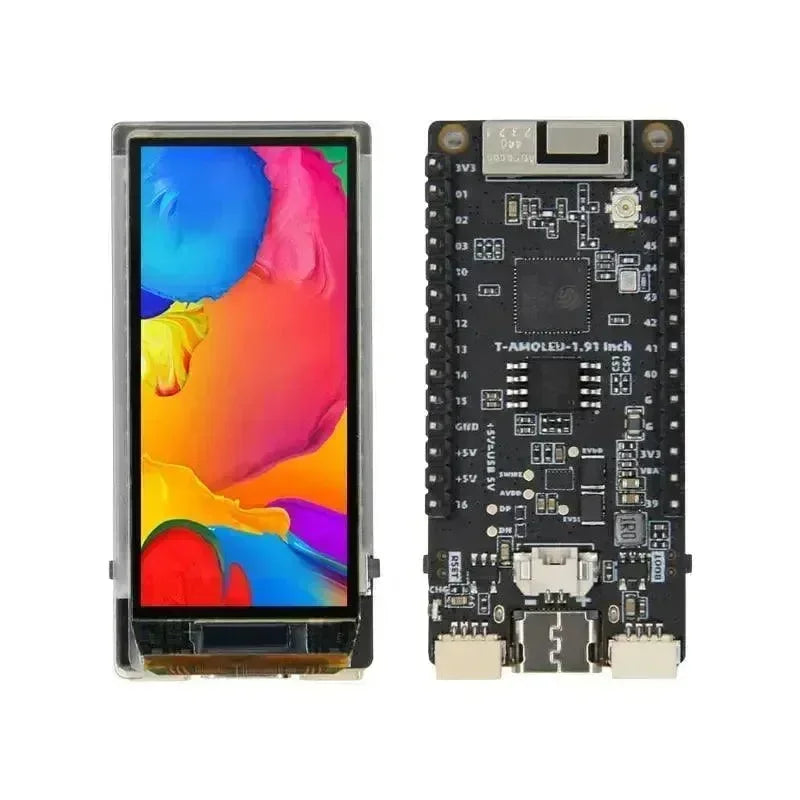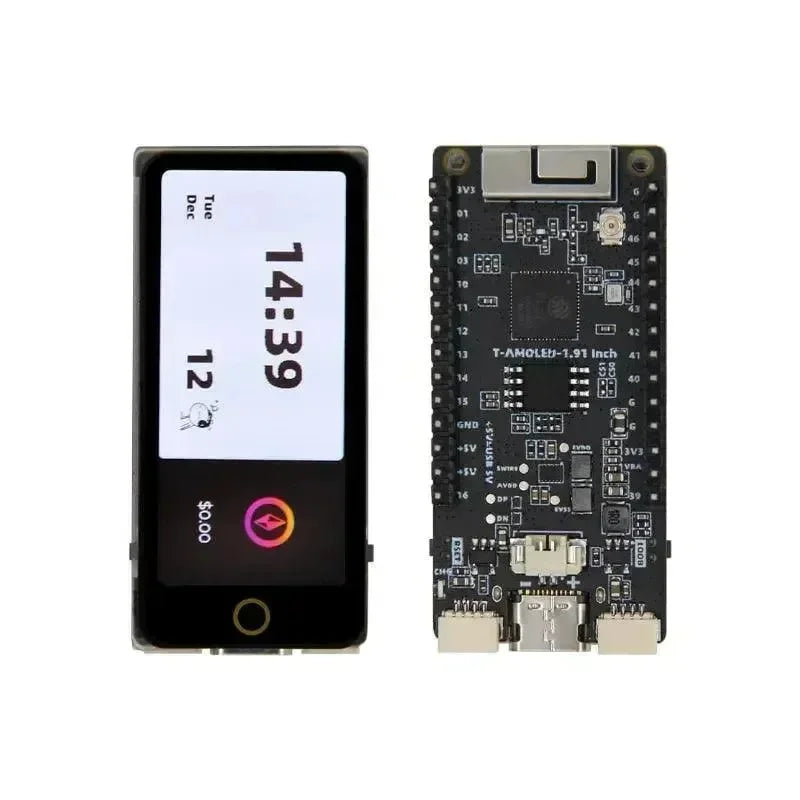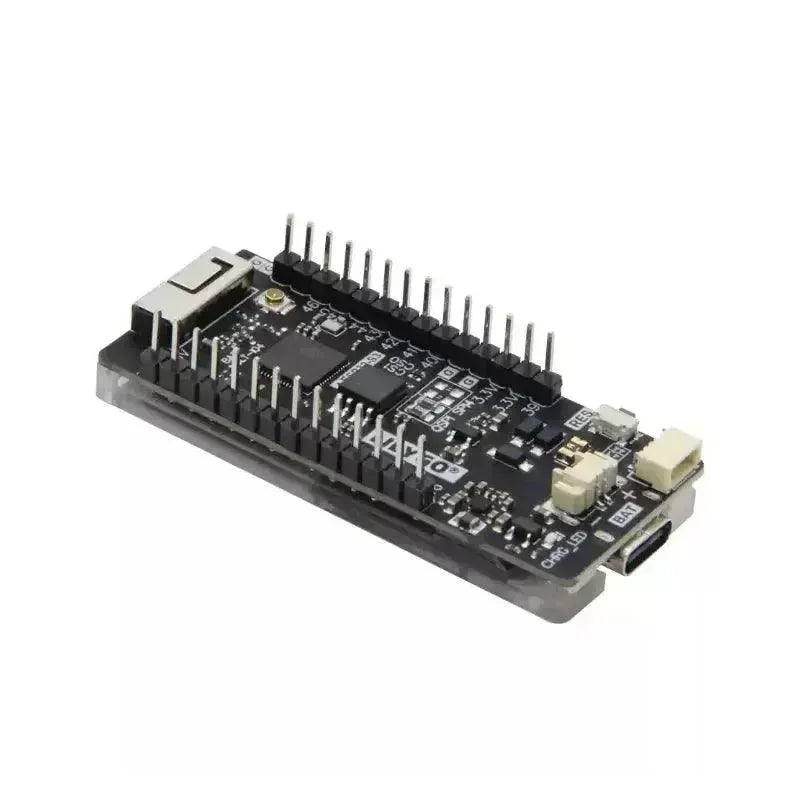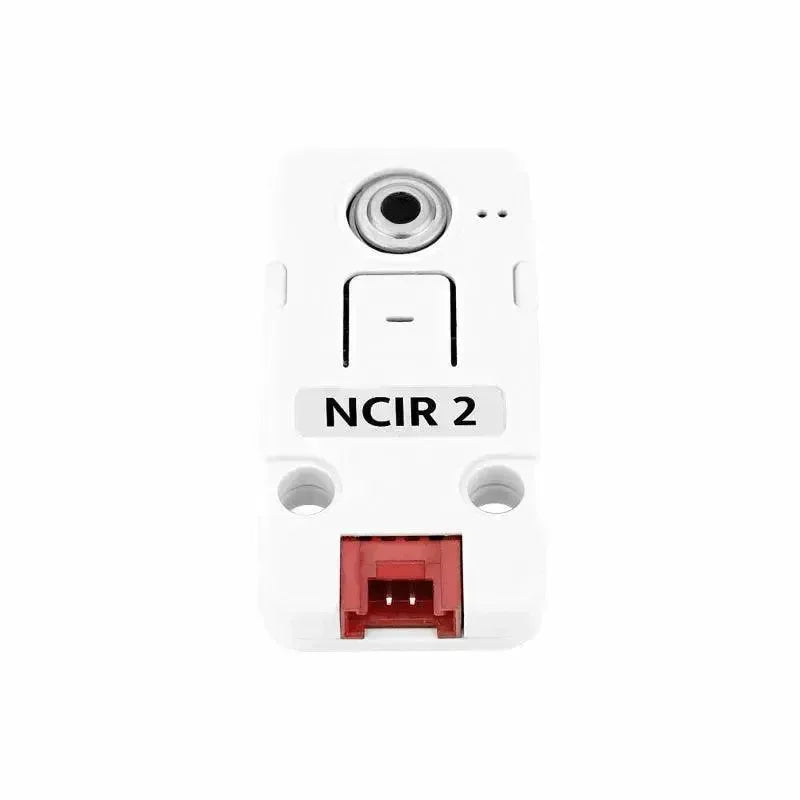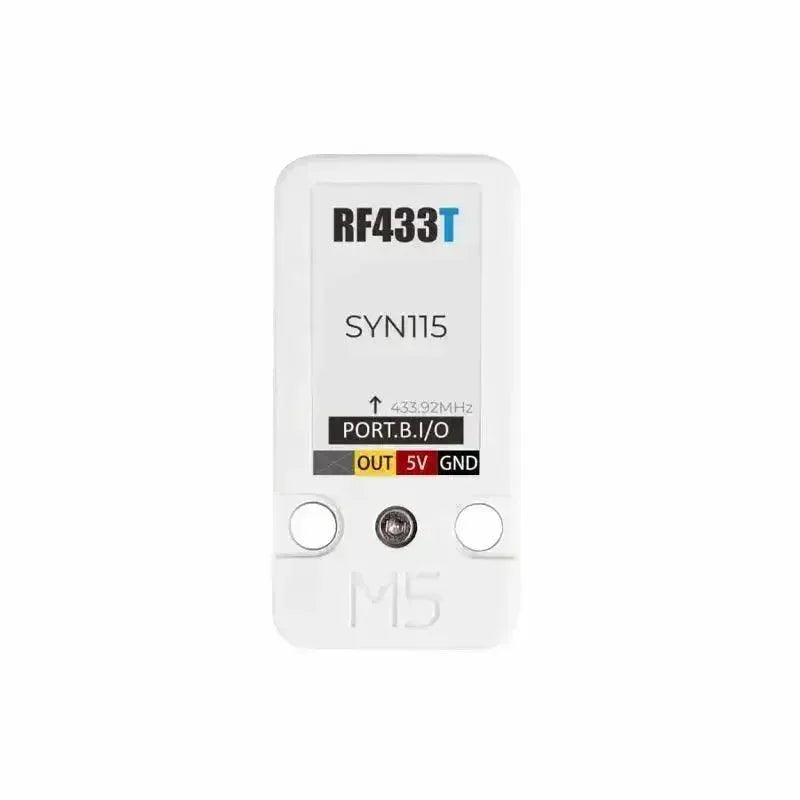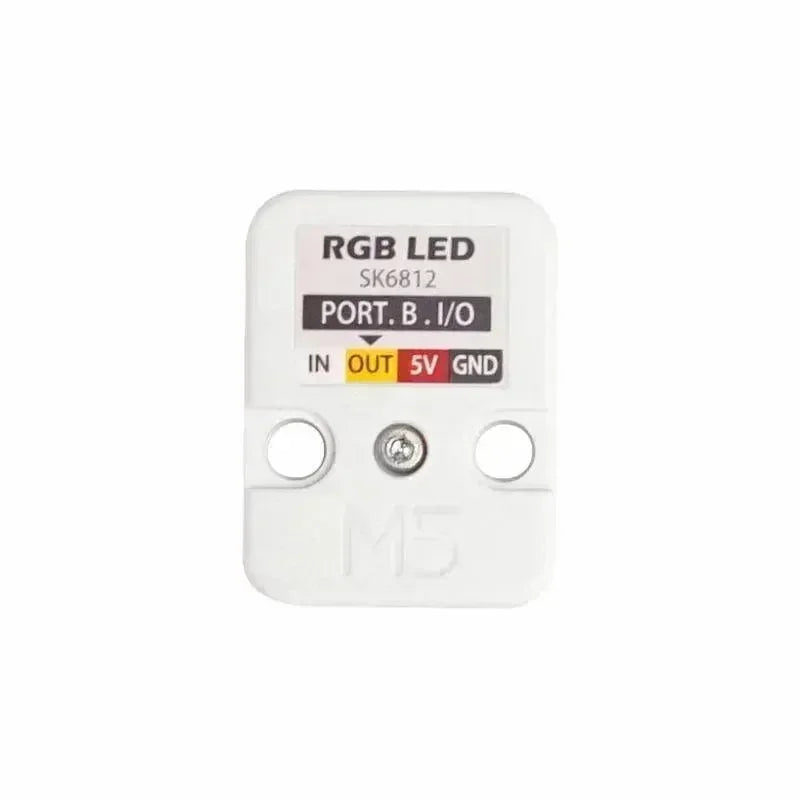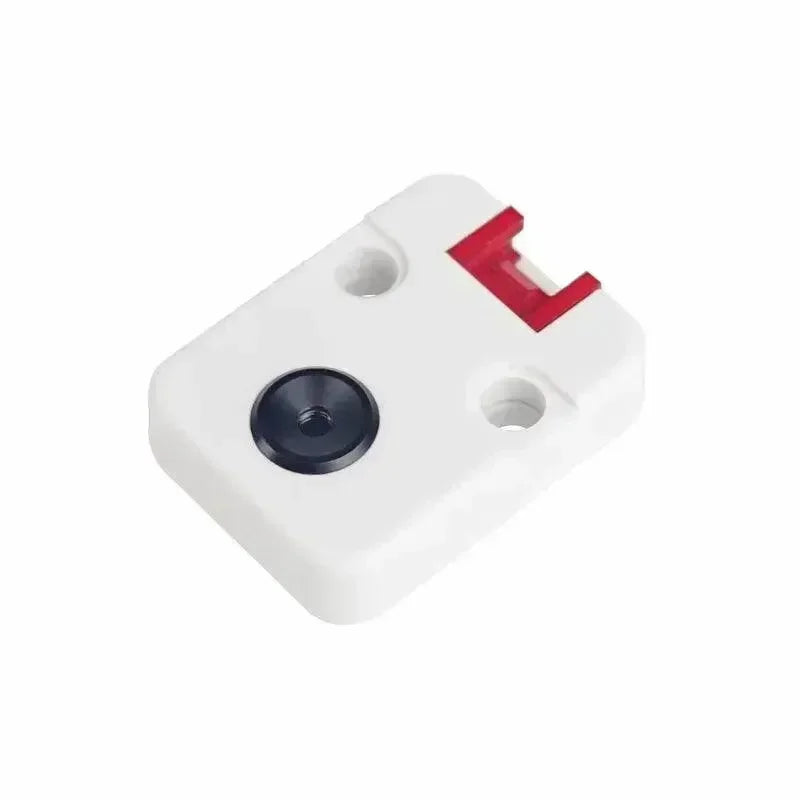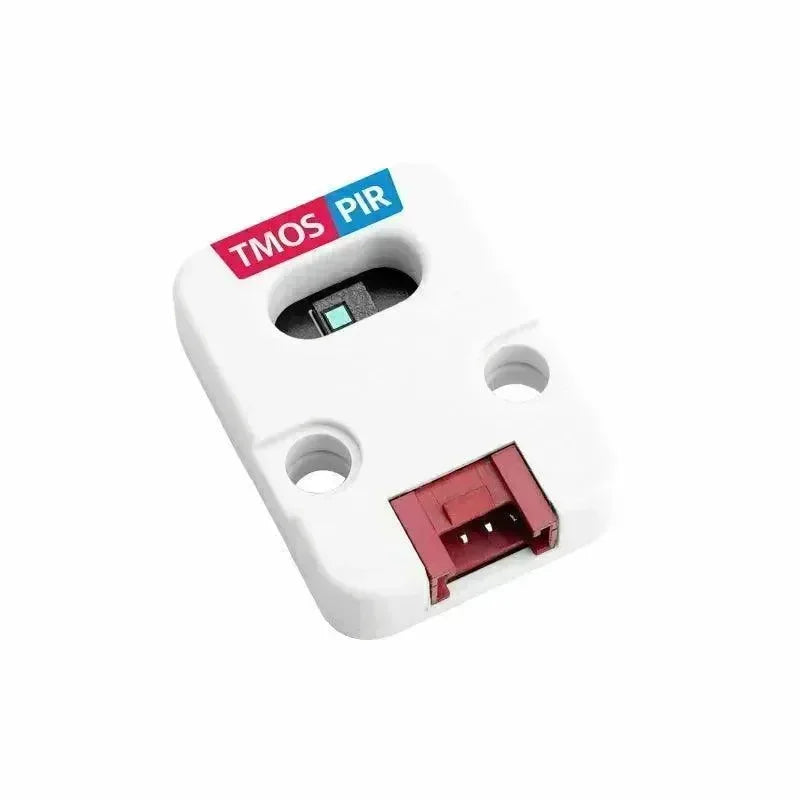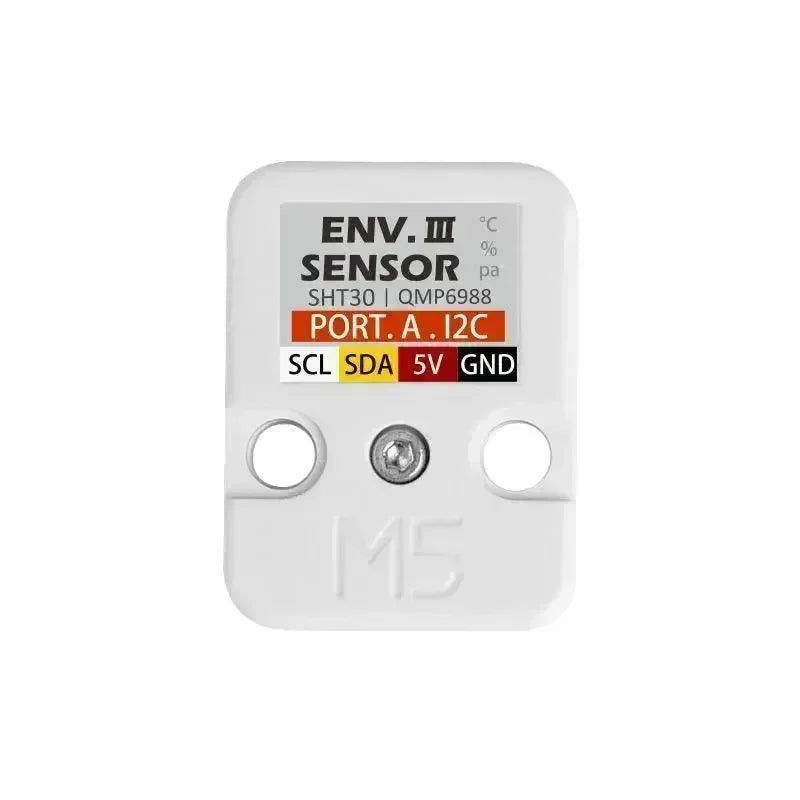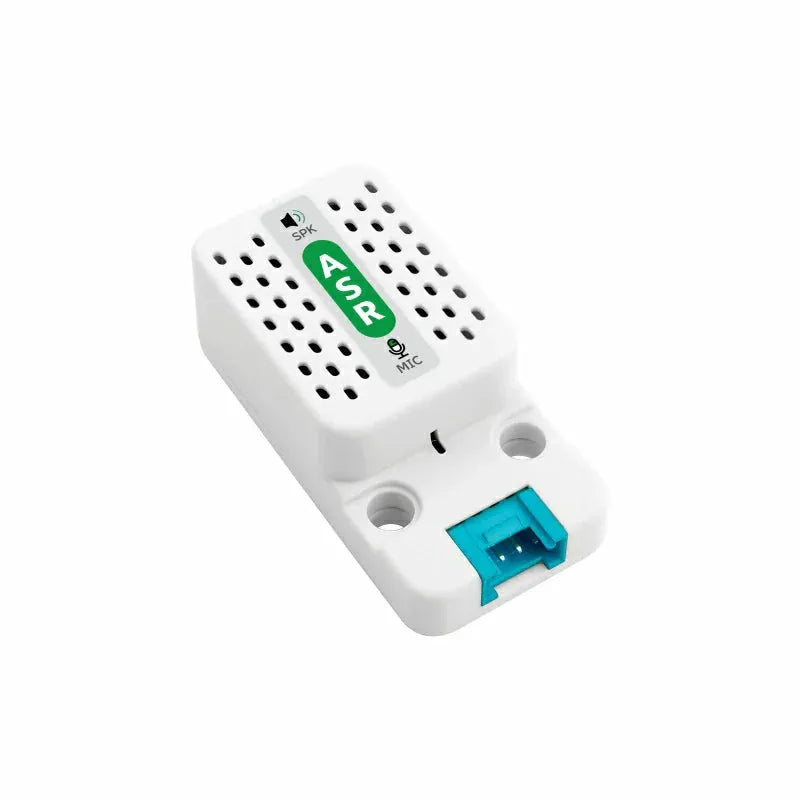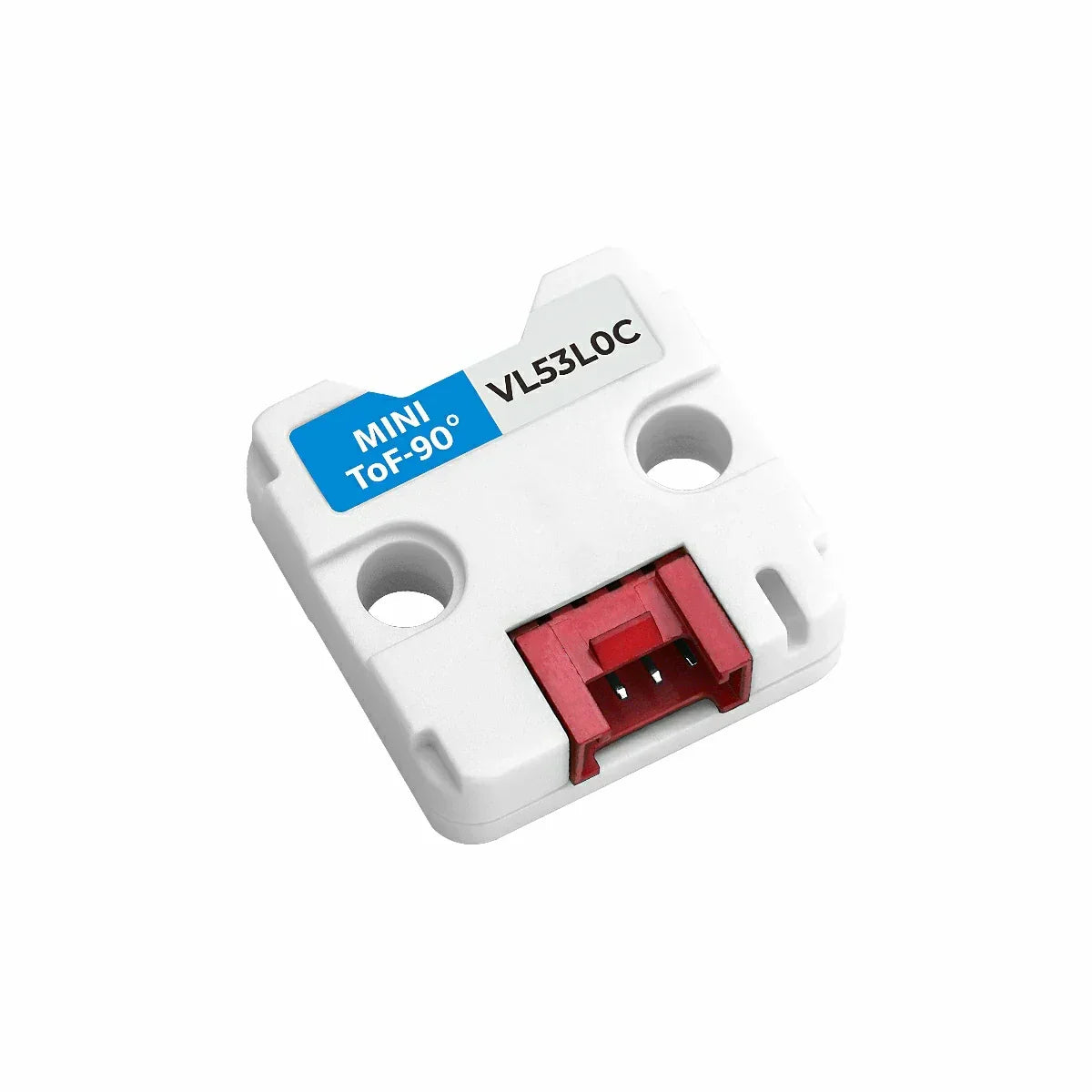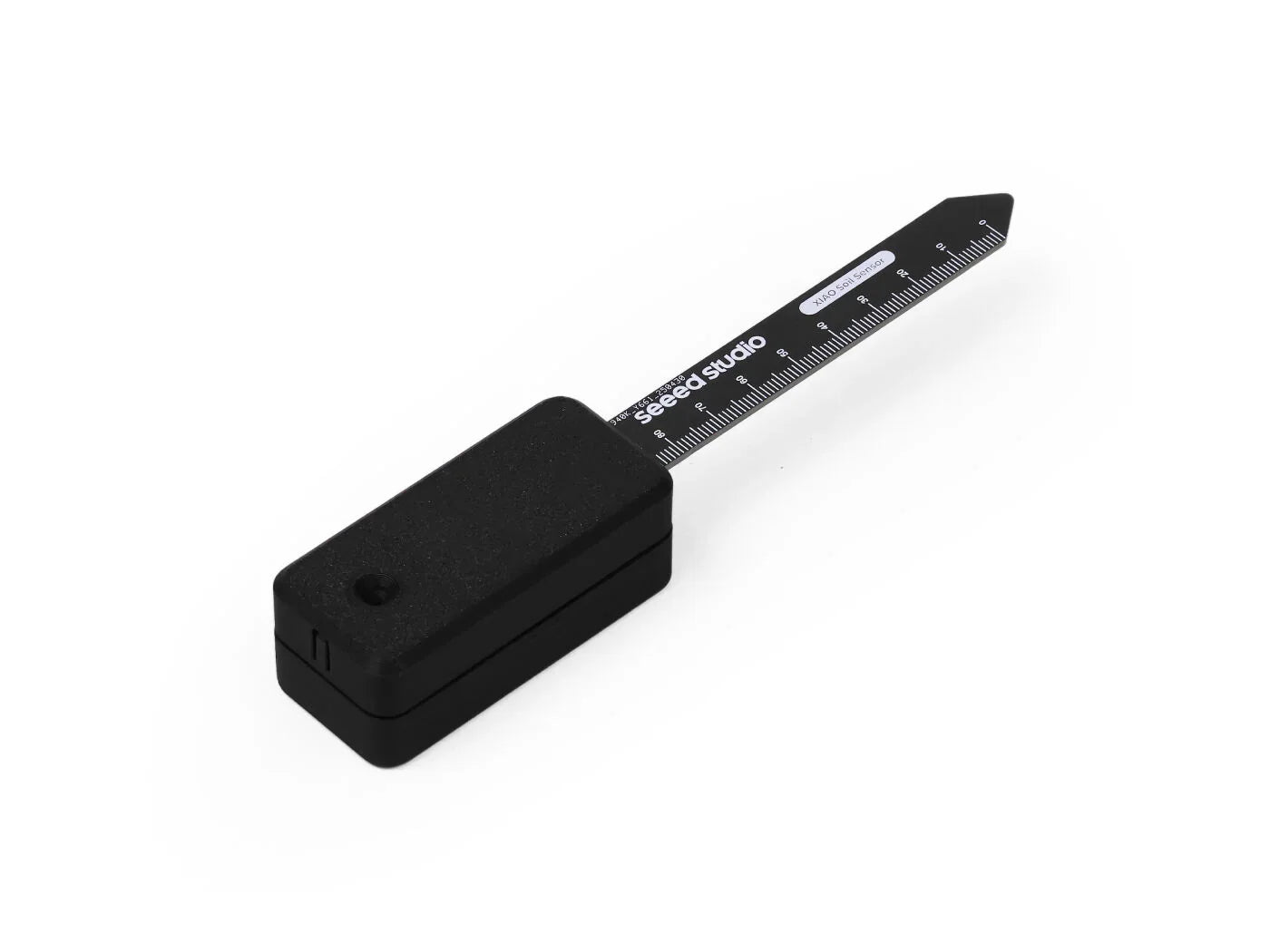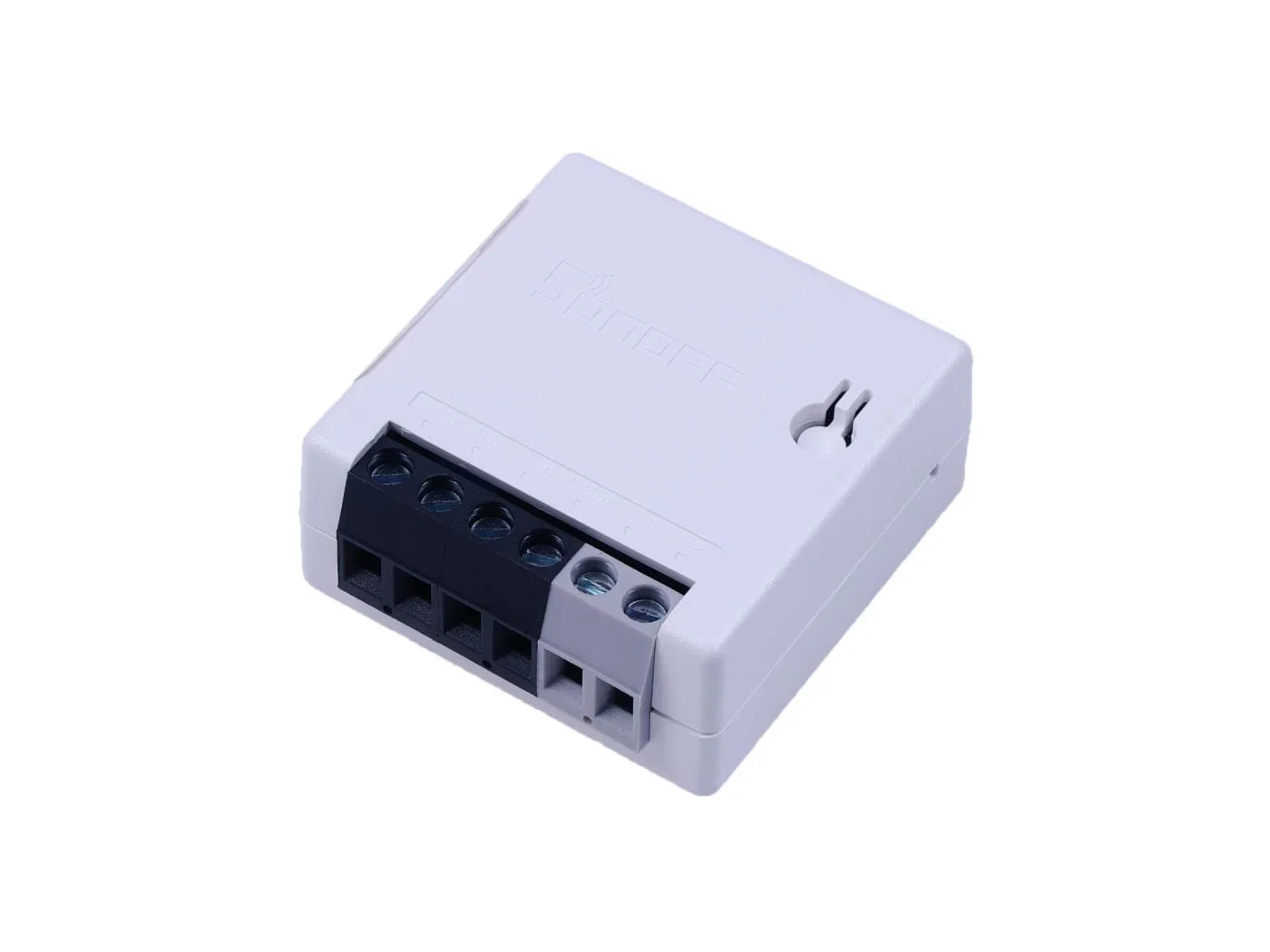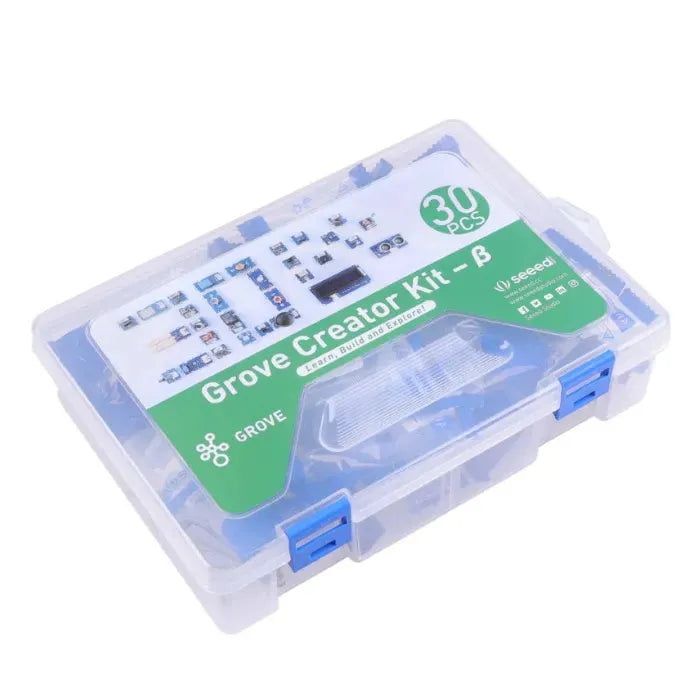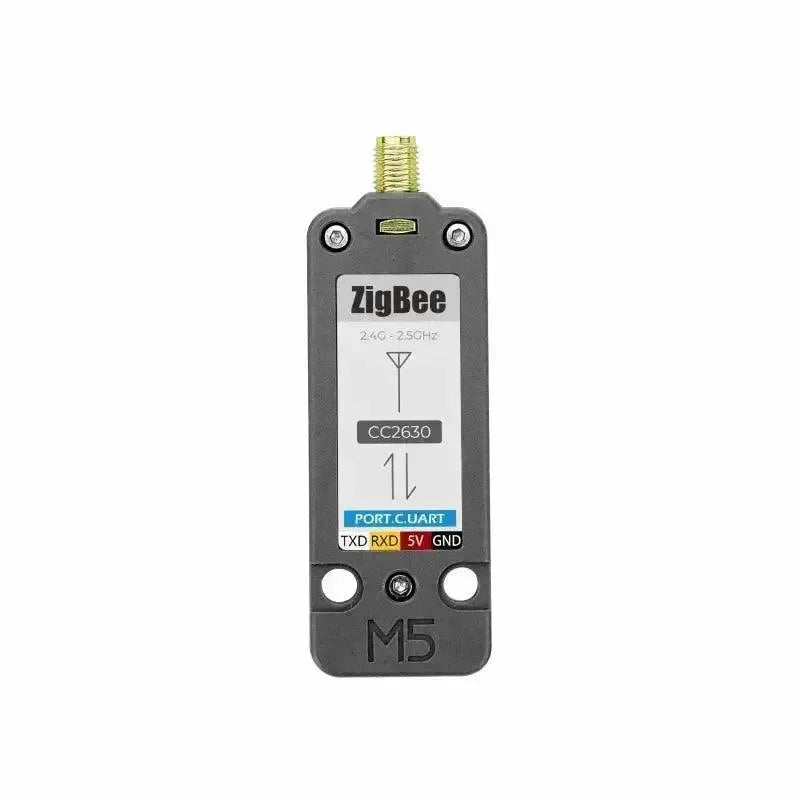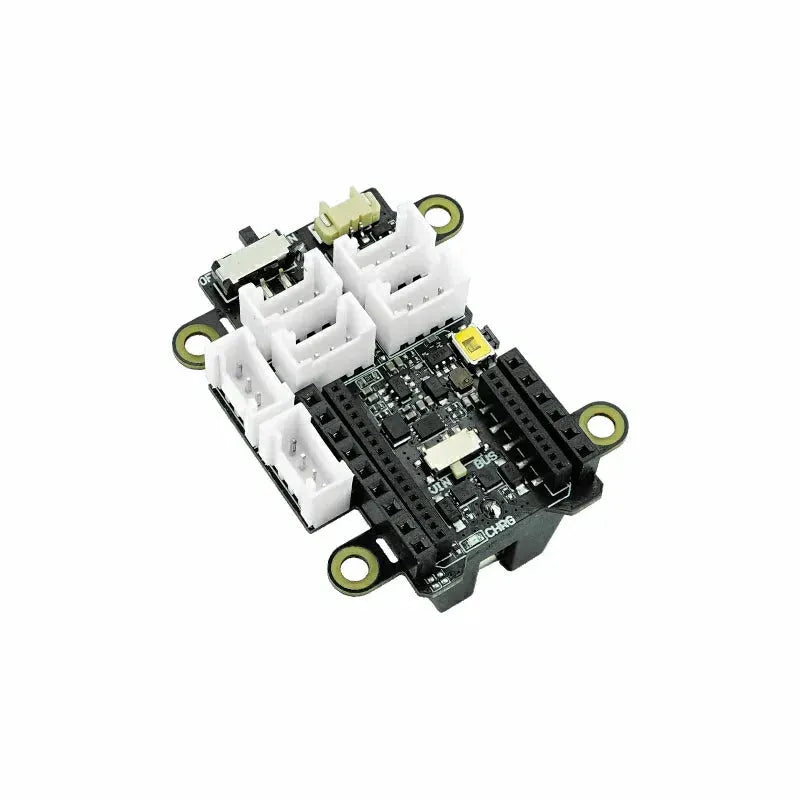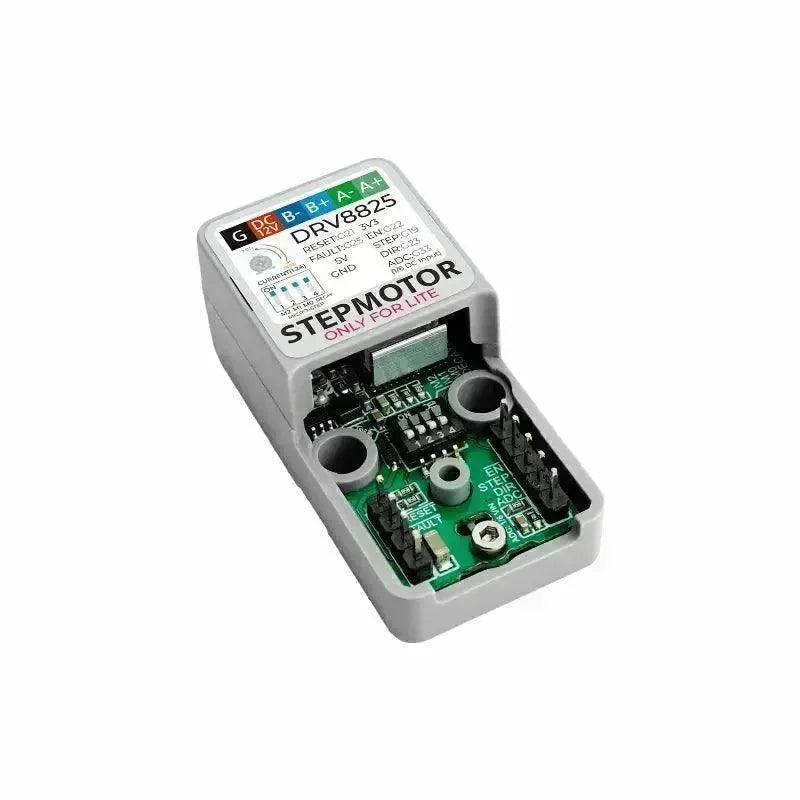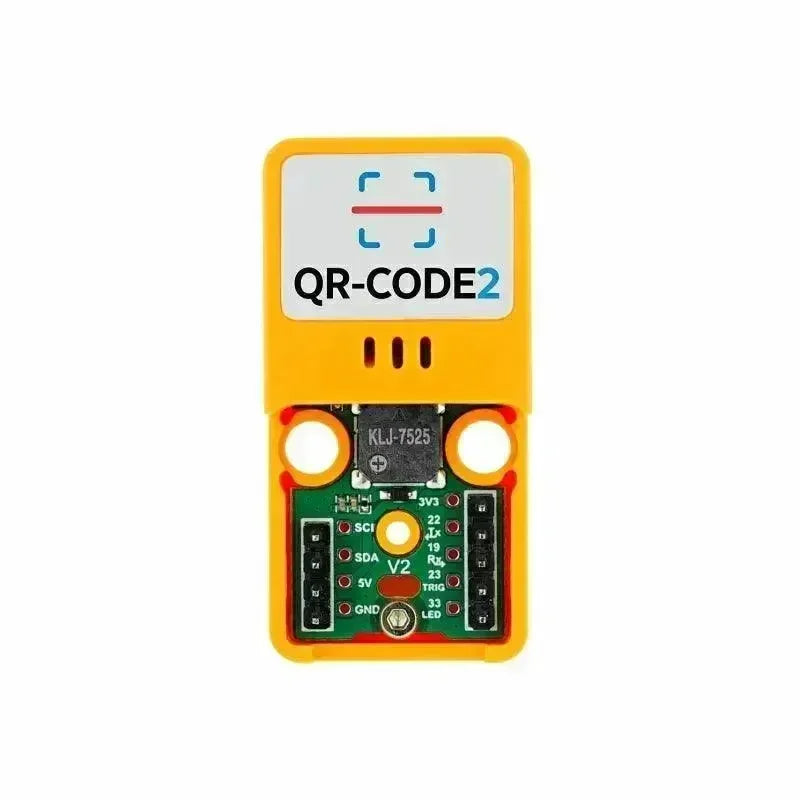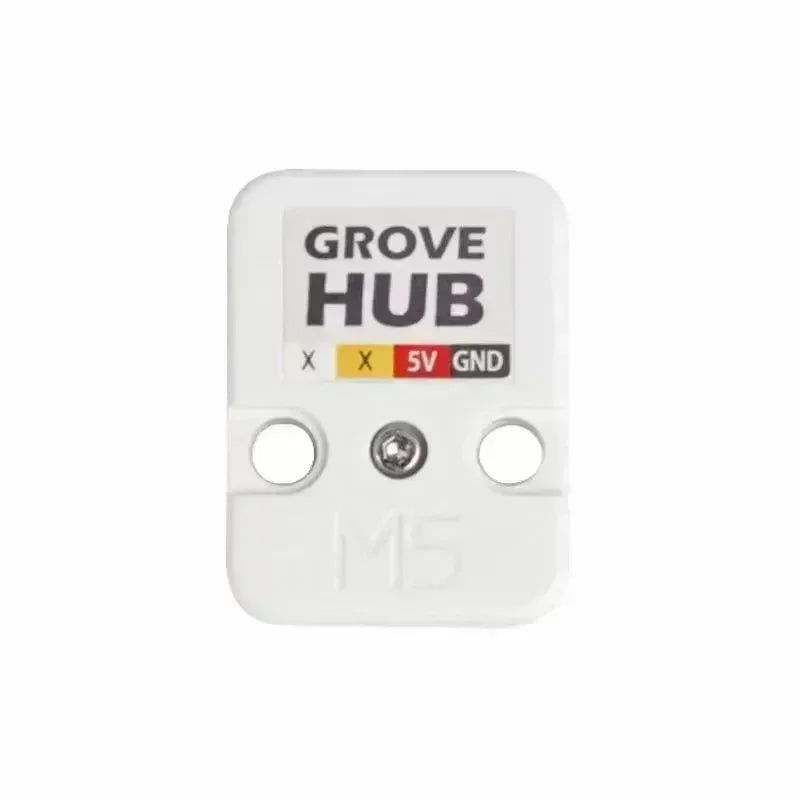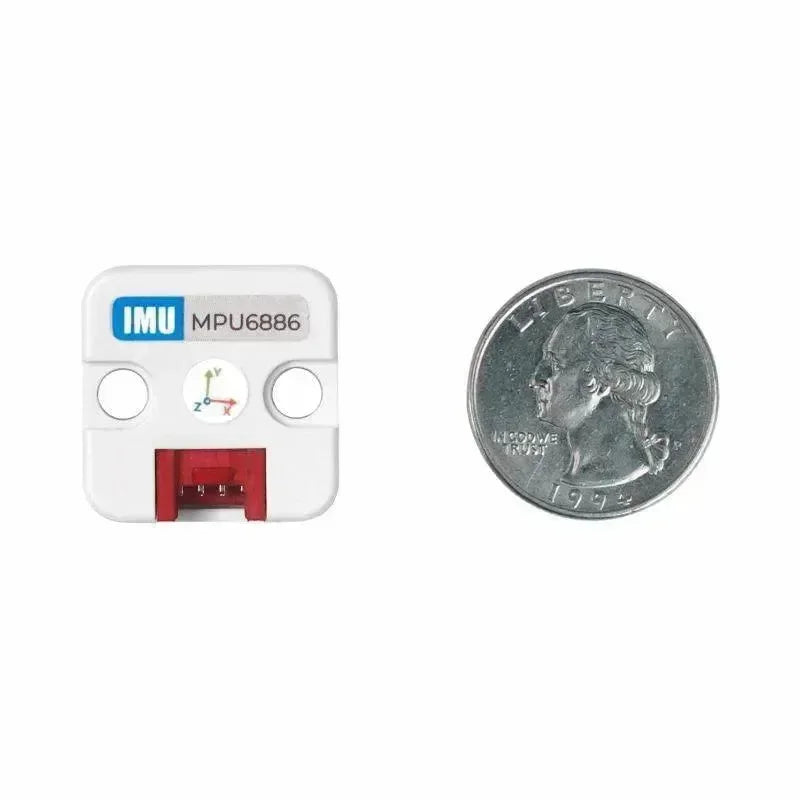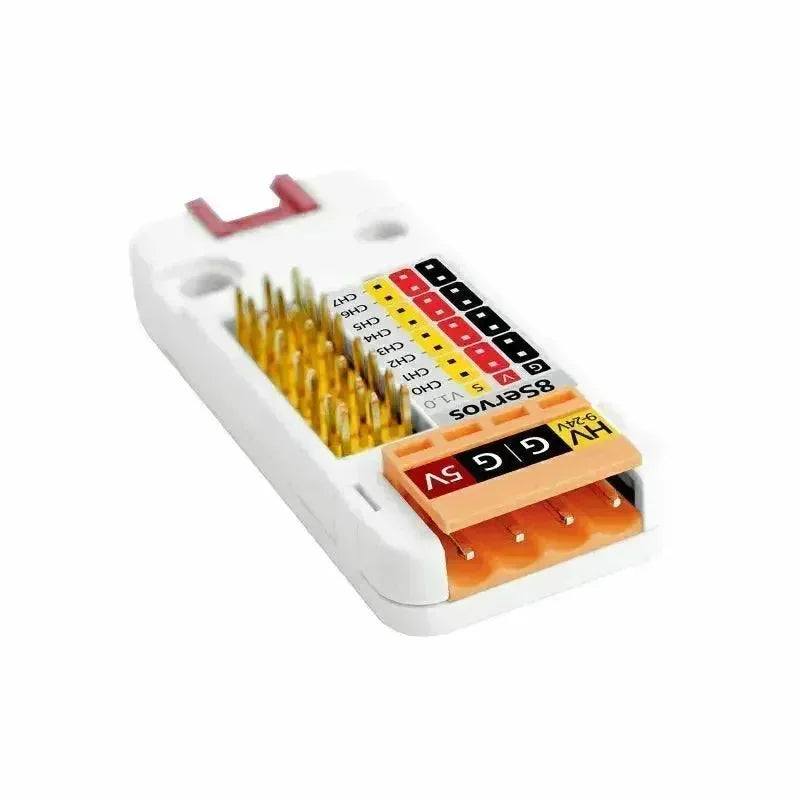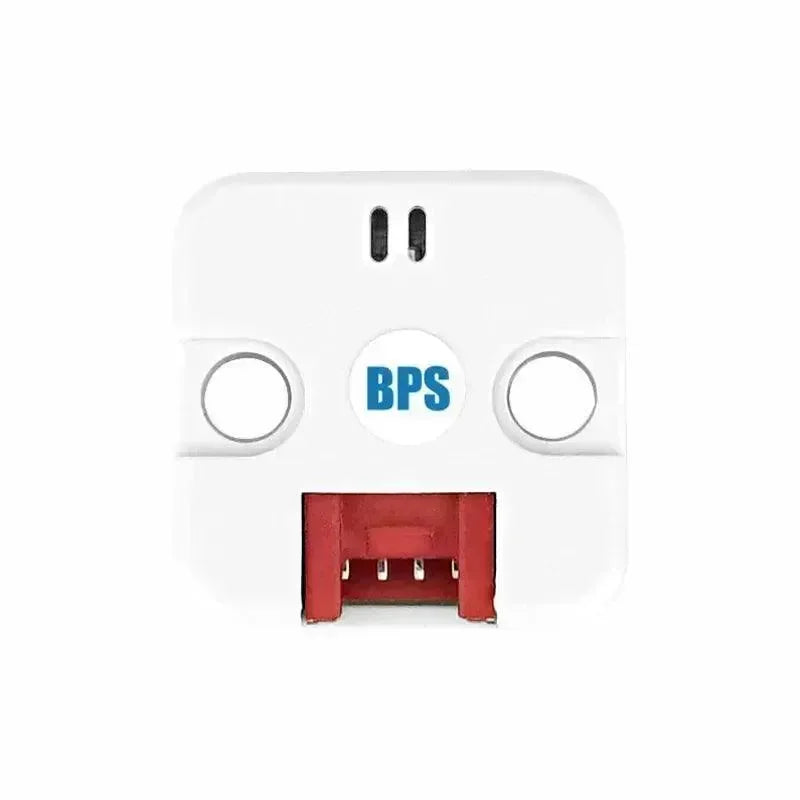
🏠 What is Home Assistant?
Home Assistant is an open-source smart home hub that lets you connect and control devices from different brands and protocols all in one place. Manage lights, climate, security systems, sensors, and more — all through a single platform. Its key advantage is local operation, meaning your data stays in your home for faster performance and greater privacy.
✨ What It Can Do
| Feature | Description |
|---|---|
| 📡 Centralized Device Management | Supports 3,300+ integrations. Control lights, locks, cameras, climate systems, and more from one interface. |
| ⚙️ Powerful Automation | Trigger devices by time, environmental conditions, or actions — like turning on lights and disabling alarms when you arrive home. |
| 🎙️ Voice Control | Works with Alexa and Google Assistant, or use the built-in private voice assistant, Assist. |
| 🔋 Energy Monitoring | Track real-time energy usage, optimize consumption, and reduce your bills. |
| 🎨 Highly Customizable | Tailor dashboards and automation logic to match your lifestyle. |
Step 1 — Choose Your Hardware

Home Assistant Green
Plug‑and‑play smart home hub with Home Assistant OS pre‑installed — perfect for beginners.
Price: €167.94

Raspberry Pi 4
Great budget gateway for light‑to‑medium smart homes. Runs Home Assistant OS smoothly for typical automations and Zigbee/Matter bridges.
Price: €76.74

Raspberry Pi 5 Starter Kit
Install Home Assistant on Raspberry Pi — a low‑cost DIY route to get started and gain hands‑on experience.
Price: €179.94
Step 2 – Install ESPHome
⚡ ESPHome is an open‑source firmware framework that simplifies turning ESP32, ESP8266, or RP2040 boards into powerful, locally‑controlled smart home devices.
Using simple 📝 YAML configuration files instead of complex C++ code, you can:
• 🛠️ Create custom smart home devices tailored to your needs
• 🔗 Integrate seamlessly with Home Assistant for a unified experience
• 🌐 Control and monitor devices via web, API, or MQTT
• 🤖 Automate with powerful on‑device logic
• 📡 Update firmware wirelessly with Over‑The‑Air (OTA) updates
With support for 📊 hundreds of sensors, displays, and components — and ☁️❌ no cloud dependency — ESPHome lets you focus on building your smart home exactly how you want it.
How to Install ESPHome
Step 3 — Choose Your Voice Controller
Step 4 — Choose Your Controller (Control‑side Devices)
Step 5 — Choose Your Sensors (Sensing‑side Devices)
Products for Home Assistant

Kompaktowy, a jednocześnie potężny, XIAO ESP32‑C6 łączy Wi‑Fi 6, Bluetooth 5, Thread i Zigbee w płytce RISC‑V z dwoma rdzeniami o rozmiarze kciuka — idealnej do integracji wbudowanych systemów. Dzięki natywnej obsłudze Matter i ESPHome, bezproblemowo wpasowuje się w Twój ekosystem Home Assistant, dodając czujniki, wyzwalacze lub punkty automatyzacji przy minimalnej konfiguracji.
Typowe zastosowania w Home Assistant:
- Czujniki środowiskowe i obecności
- Bezprzewodowe przyciski lub panele sterowania
- Mostki Thread/Zigbee dla istniejących urządzeń
- Węzły zdalne o niskim poborze mocy do zbierania danych

Zasilany przez dwurdzeniowy procesor ESP32 z wbudowanym Wi‑Fi i Bluetooth, M5Stack Core2 posiada 2,0-calowy pojemnościowy wyświetlacz dotykowy, wirtualne przyciski, sprzężenie zwrotne haptyczne, głośnik, RTC, 6-osiowy czujnik IMU oraz mikrofon.
Dzięki ESPHome lub MQTT łączy się z Home Assistant w kilka minut, umożliwiając szybkie, lokalne i niezawodne sterowanie inteligentnym domem.
Dlaczego jest świetny dla Home Assistant
- 📱 Interakcja dotykowa — wyświetlaj niestandardowe pulpity, przełączniki, sceny lub dane na żywo bezpośrednio na ekranie
- 🎛 Wiele metod wprowadzania — wirtualne przyciski, gesty i strefy dotykowe do wyzwalania automatyzacji
- 🔊 Audio i haptyka — wbudowany głośnik i silnik wibracyjny do alertów, dzwonków i powiadomień
- 🔌 Rozszerzalność — port Grove, gniazdo karty TF, audio I2S dla czujników i urządzeń peryferyjnych
- 🔋 Elastyczne umiejscowienie — wbudowany akumulator do ładowania umożliwiający bezprzewodowe użycie w dowolnym miejscu w domu

M5Stack Dial v1.1 to kompaktowe, bogate w funkcje urządzenie sterujące oparte na ESP32‑S3. Dzięki 1,28″ okrągłemu wyświetlaczowi TFT z dotykiem, wysokoprecyzyjnemu enkoderowi obrotowemu oraz modułowi RFID, zapewnia zarówno wizualną informację zwrotną, jak i dotykową kontrolę w Twojej konfiguracji Home Assistant.
Idealne dla Home Assistant, ponieważ oferuje:
- Szybką integrację przez ESPHome, MQTT lub niestandardowe oprogramowanie
- Wielowarstwową kontrolę: gesty dotykowe, pokrętło obrotowe i przyciski pod ekranem
- Wizualne pulpity i dane na żywo bezpośrednio na okrągłym wyświetlaczu
- Wyzwalacze urządzeń wykorzystujące wbudowany czytnik RFID do bezpiecznych, bezdotykowych akcji
- Elastyczne umiejscowienie z zasilaniem DC 6–36 V lub opcjonalnym zasilaniem bateryjnym
- Łatwą rozbudowę przez porty Grove dla czujników, przekaźników lub innych peryferiów

